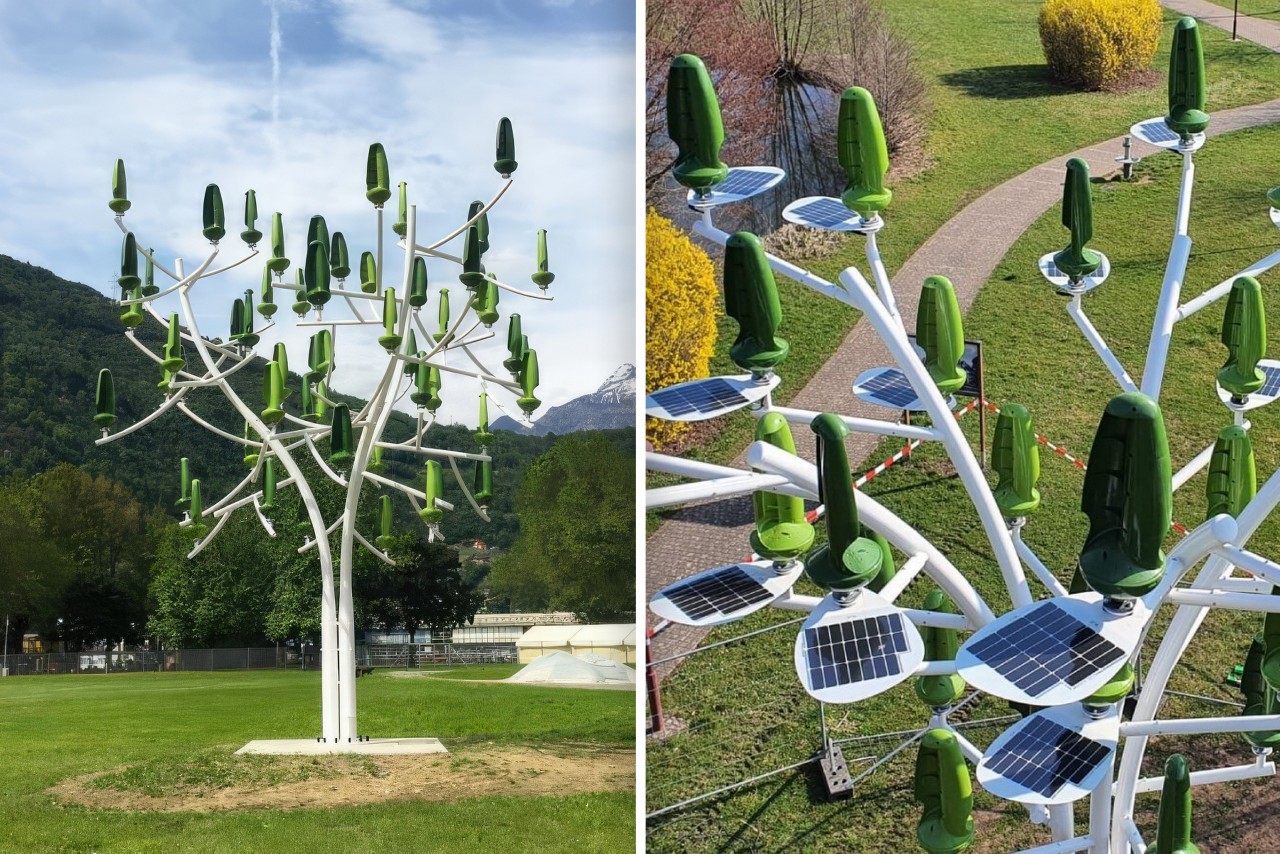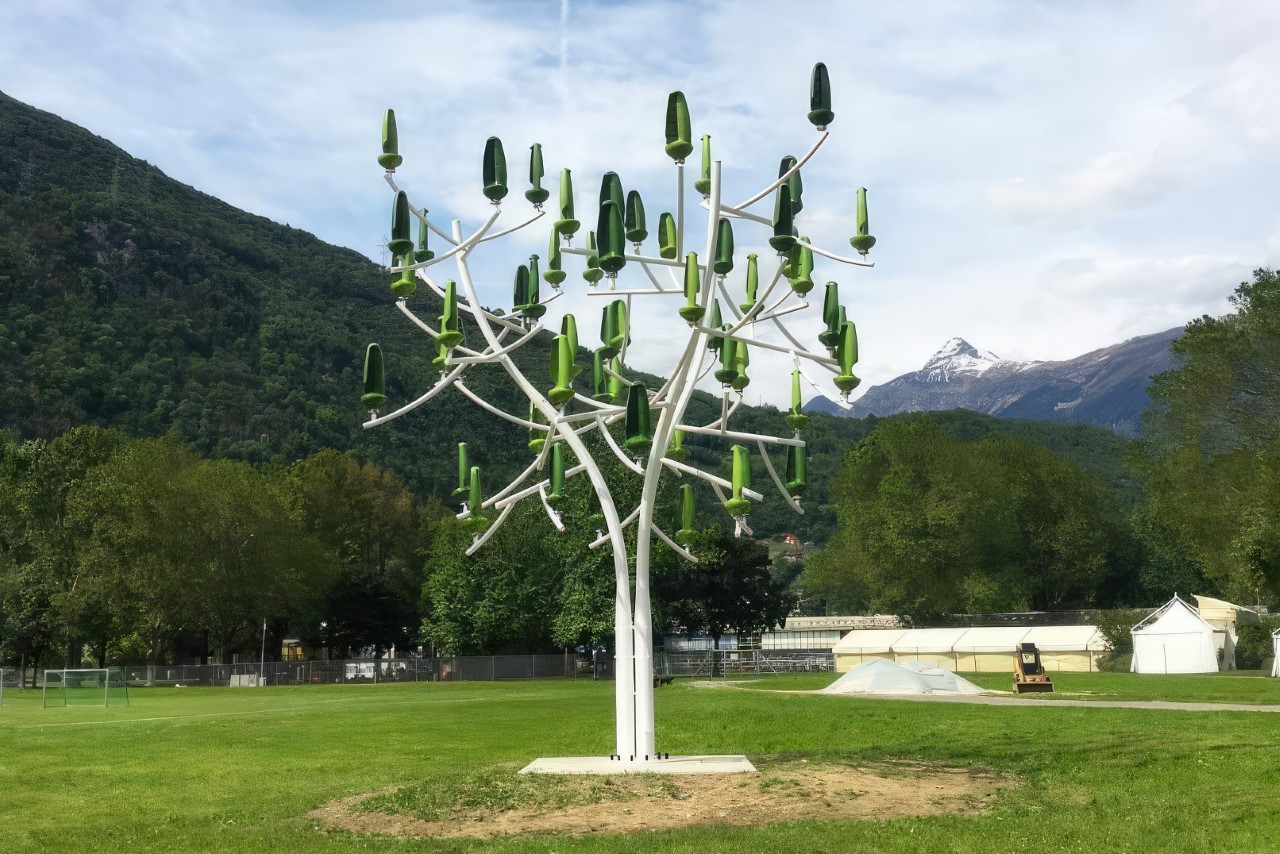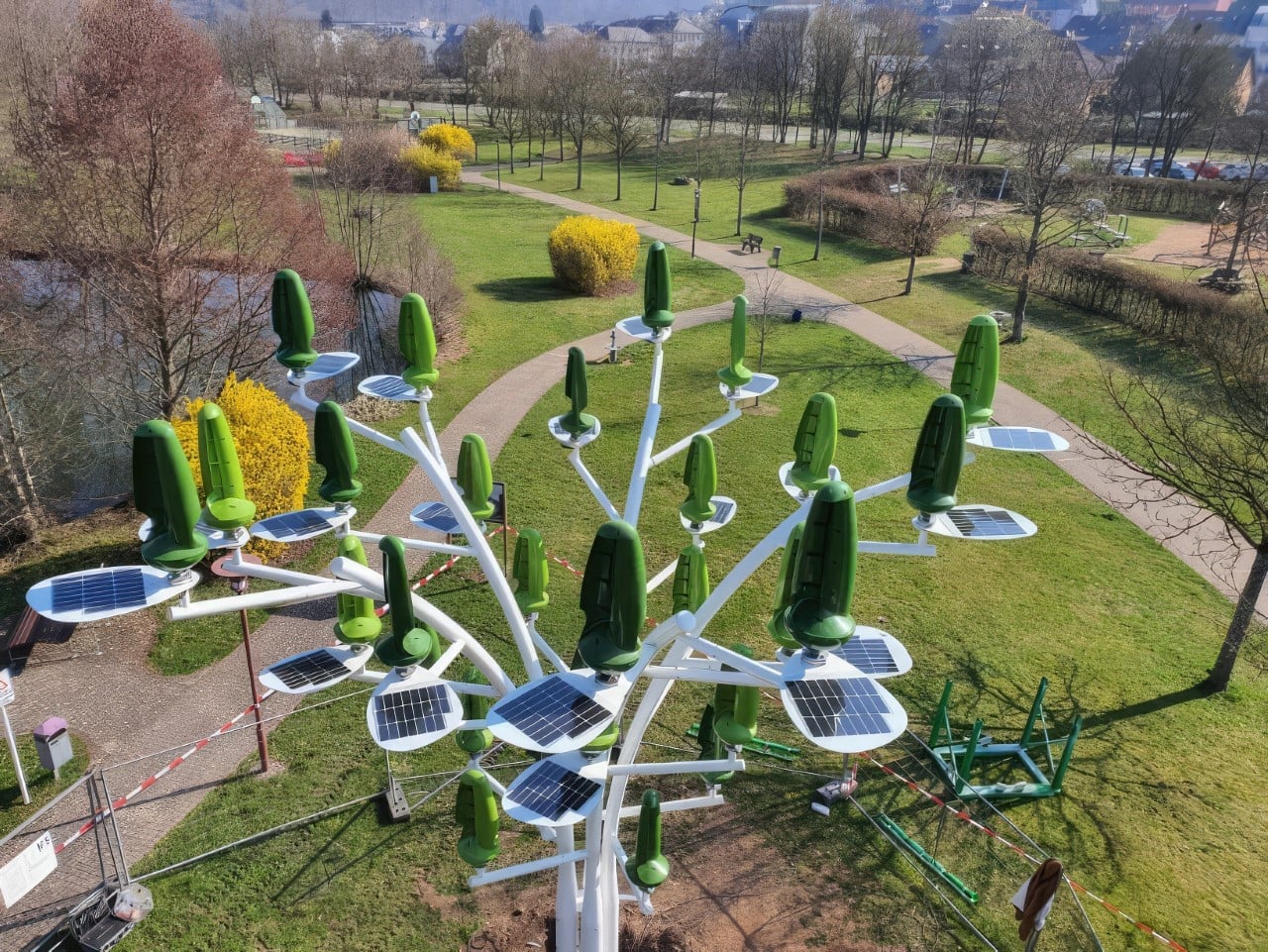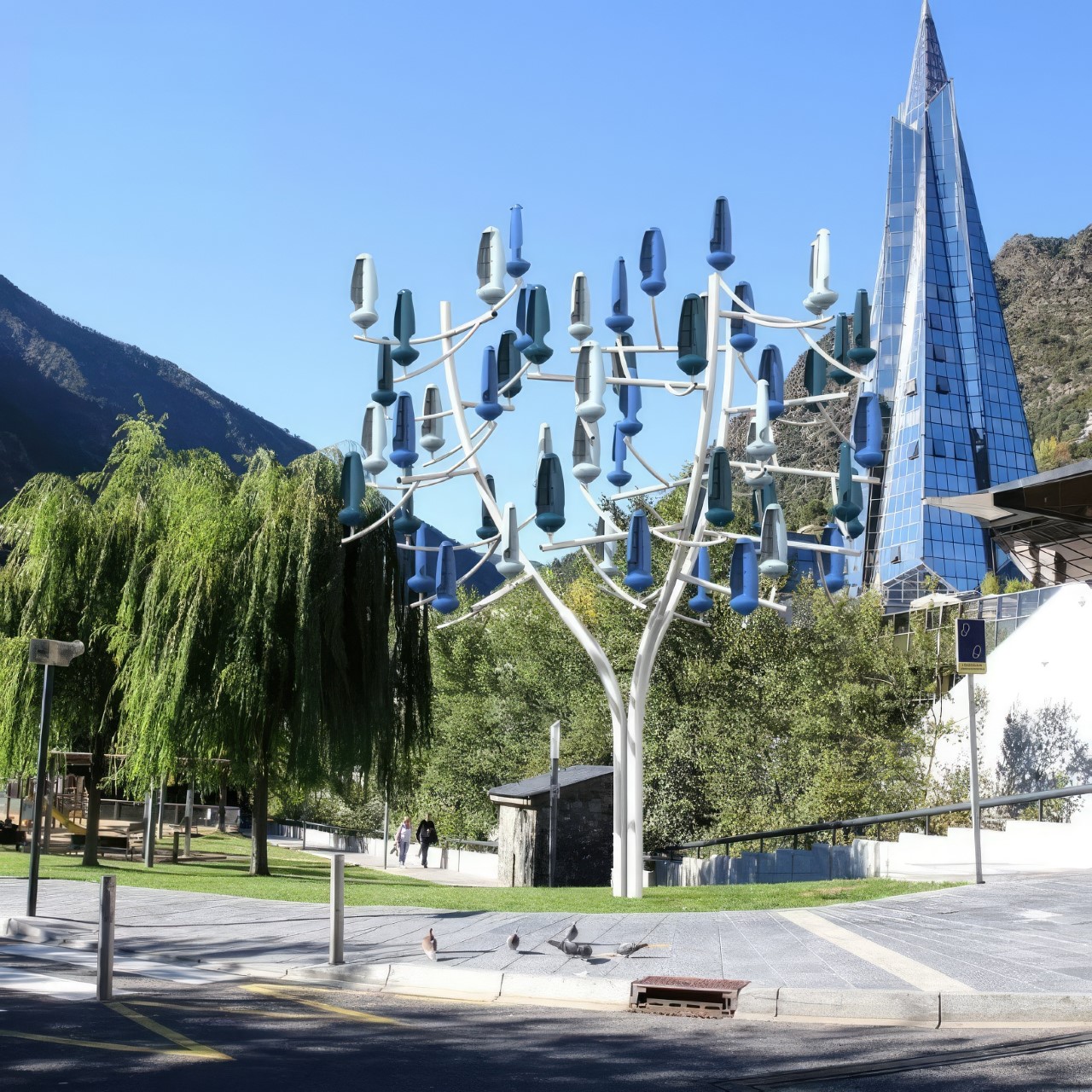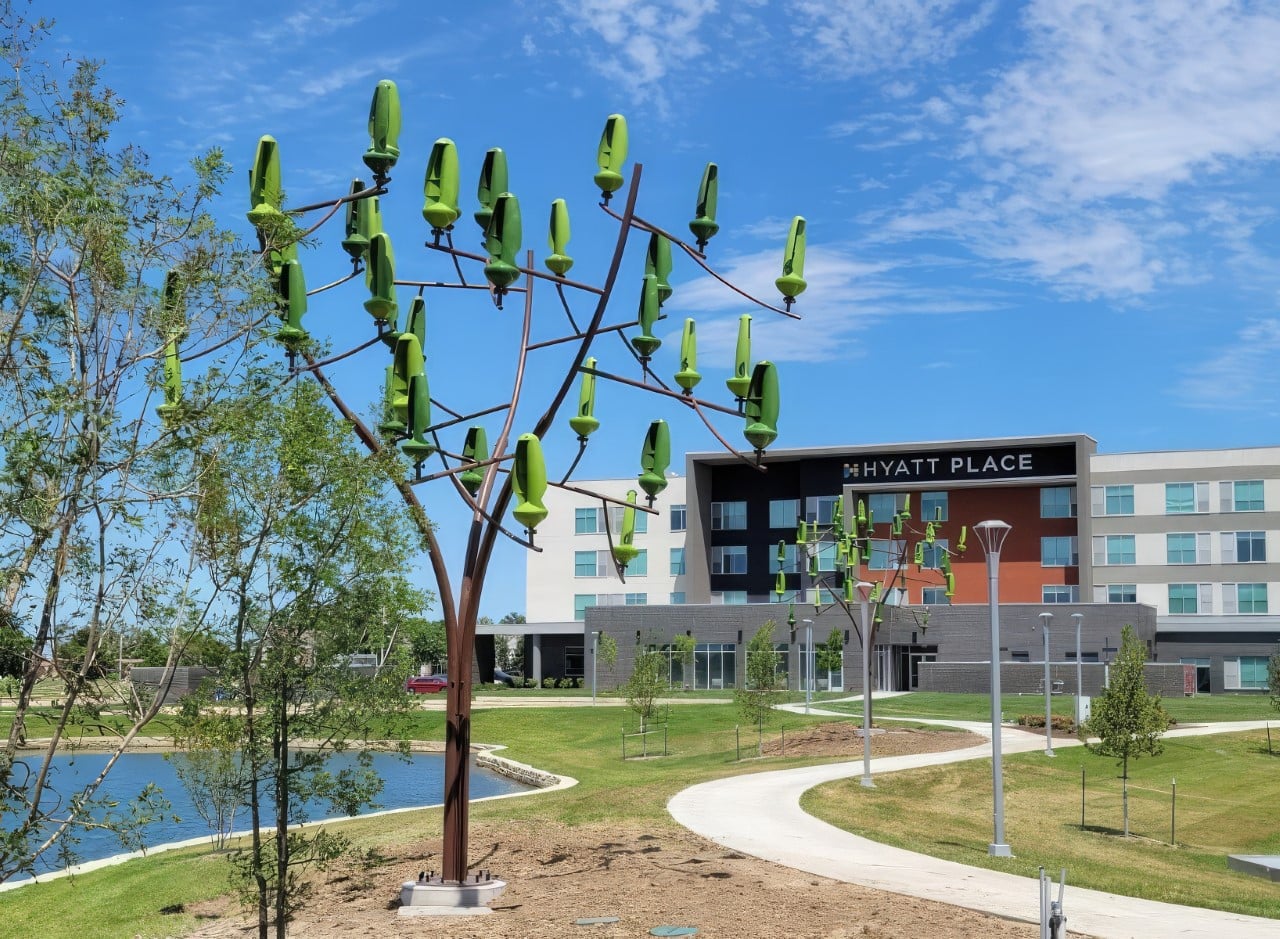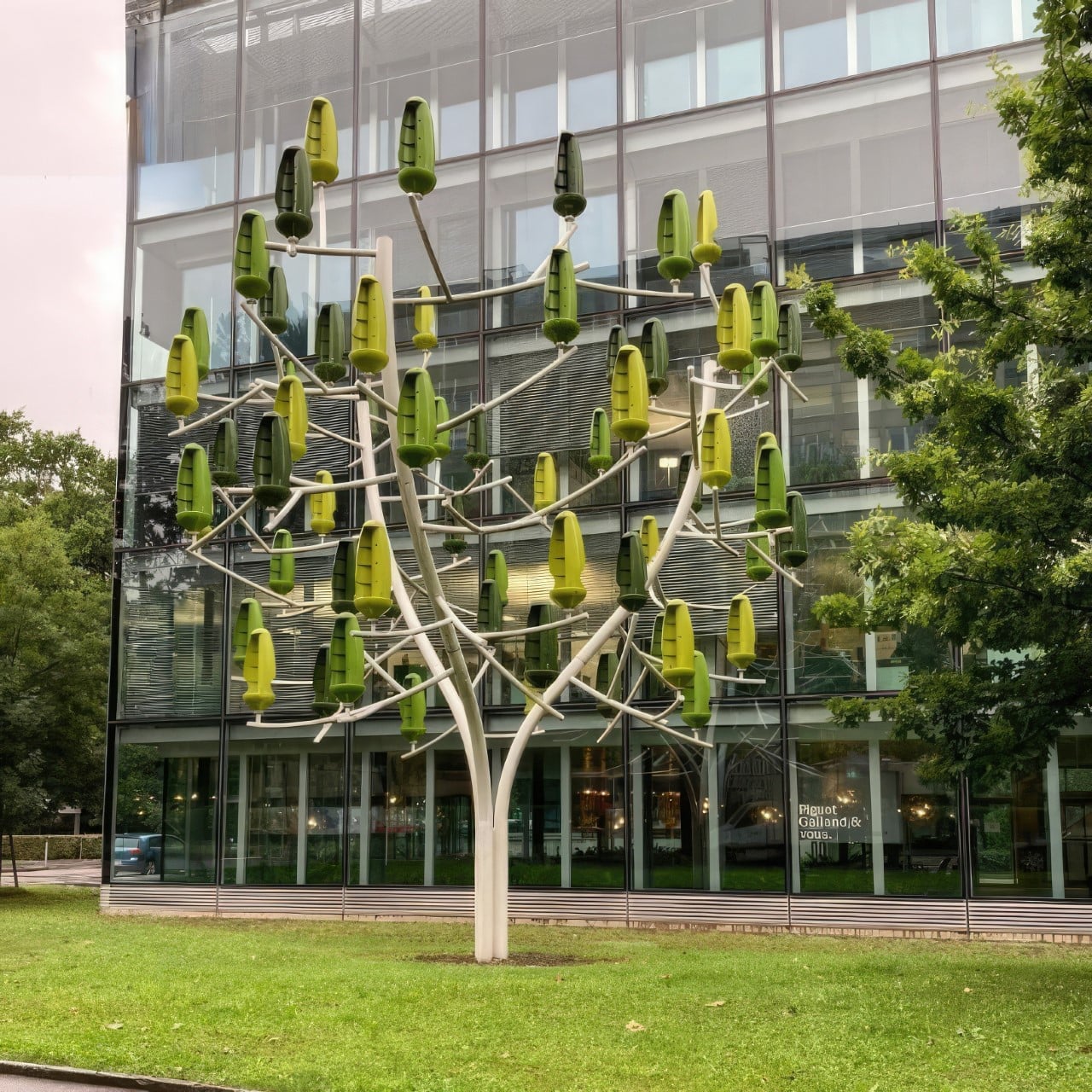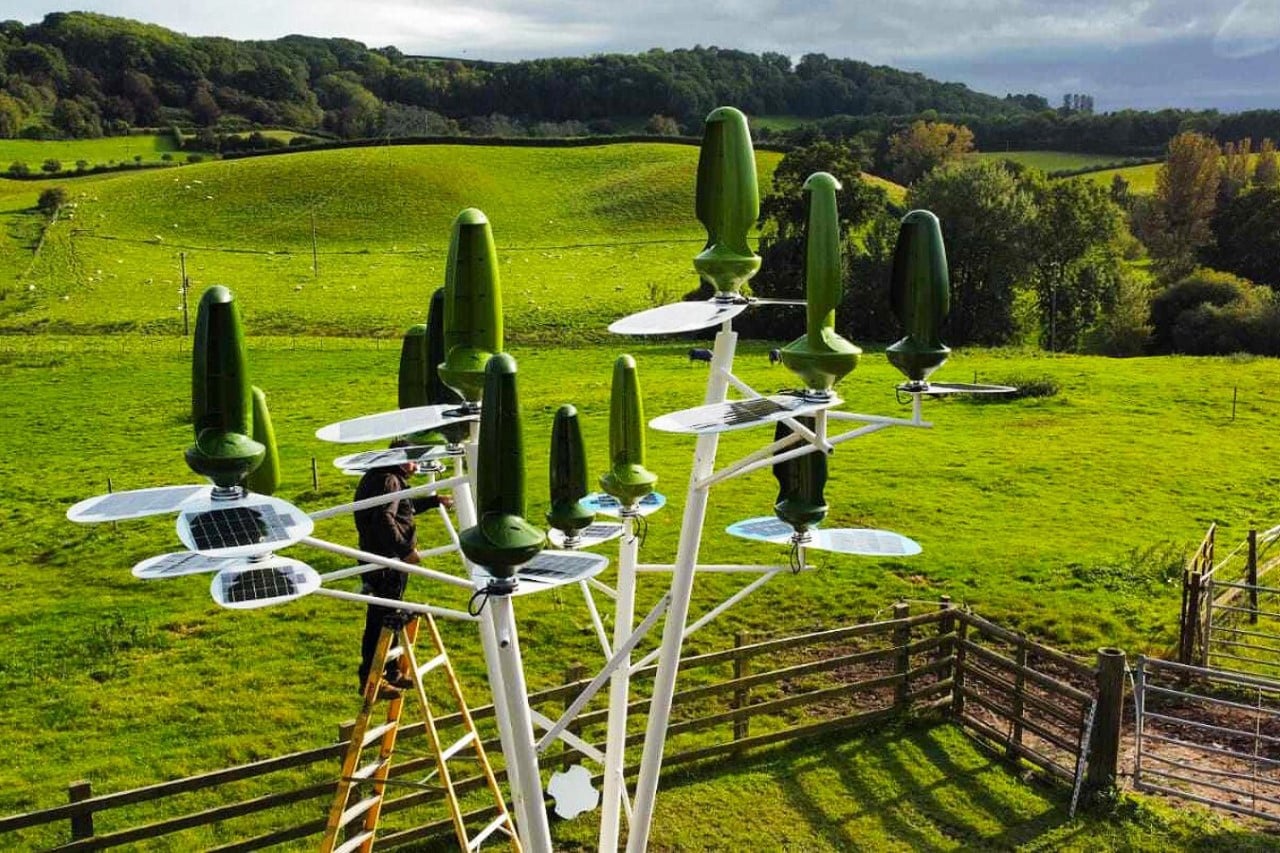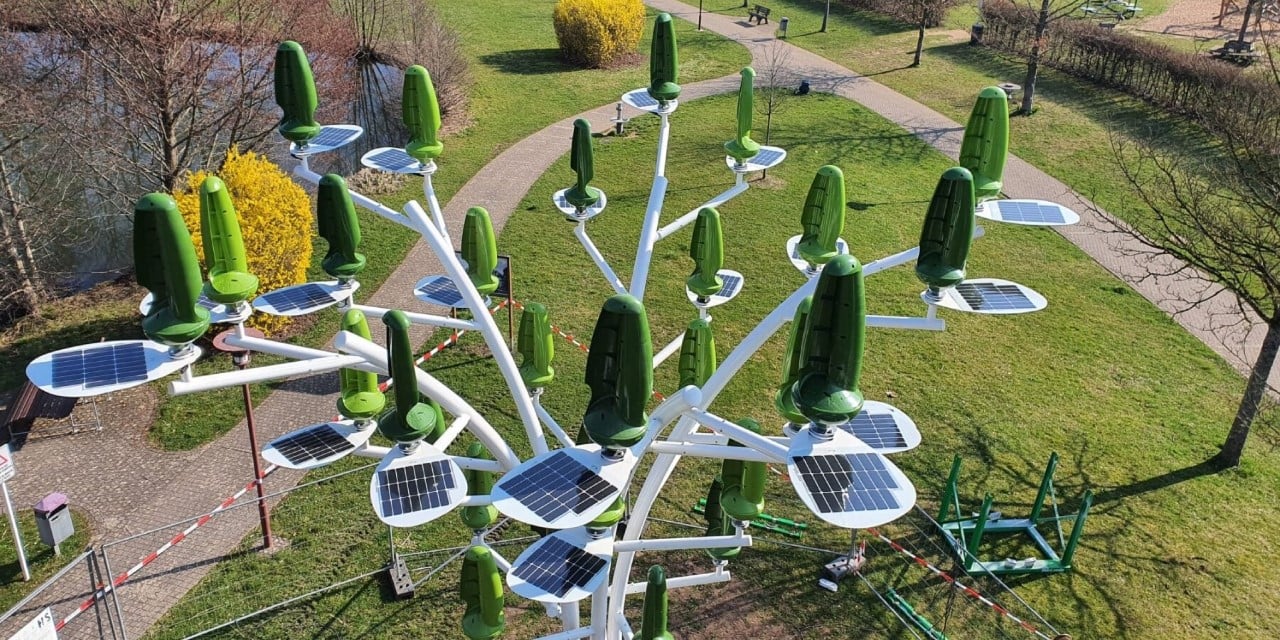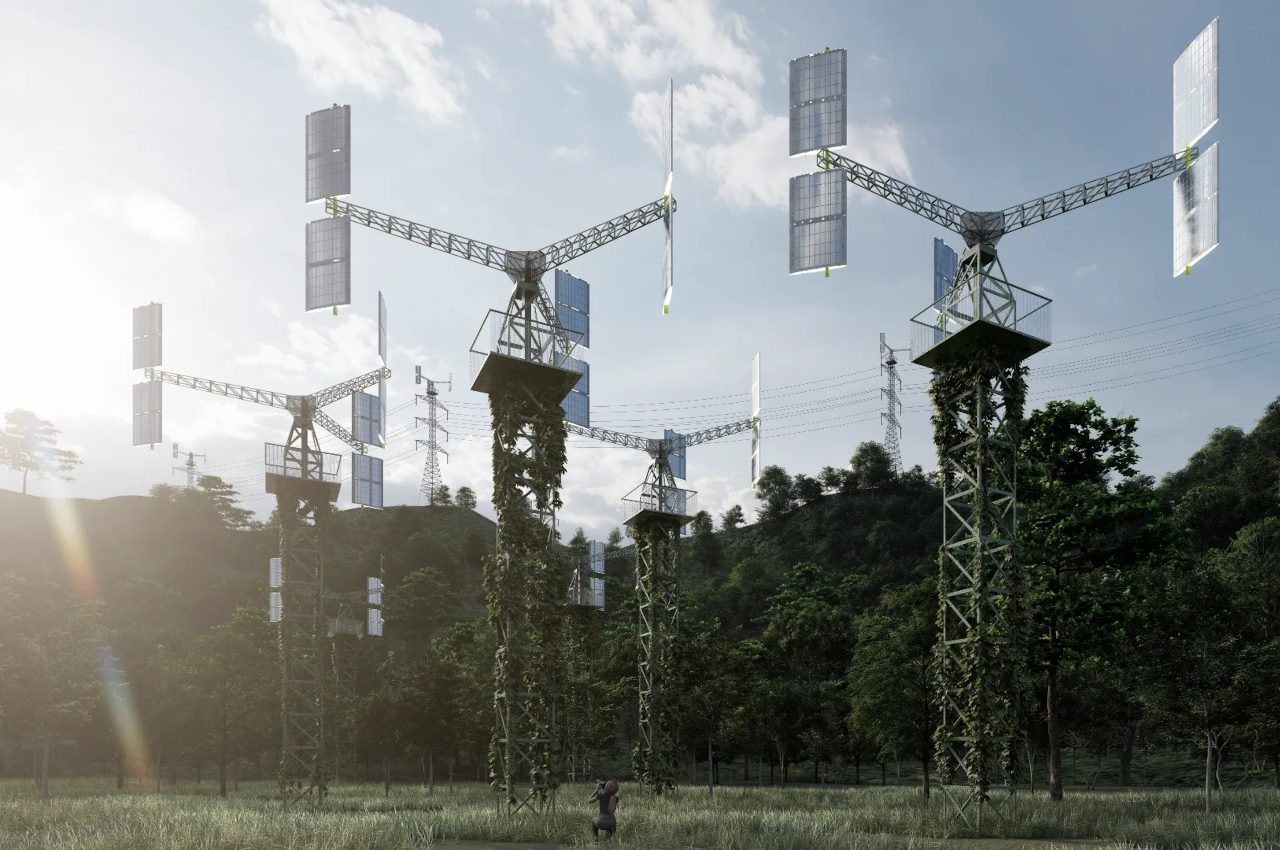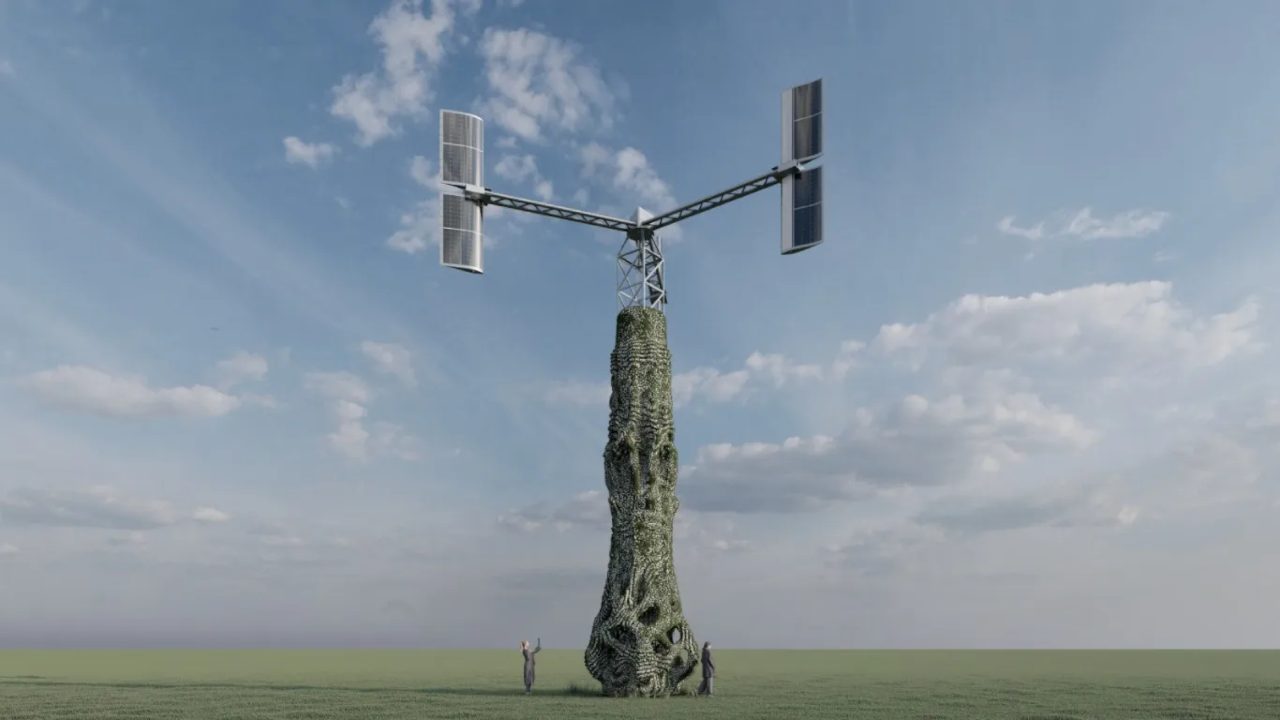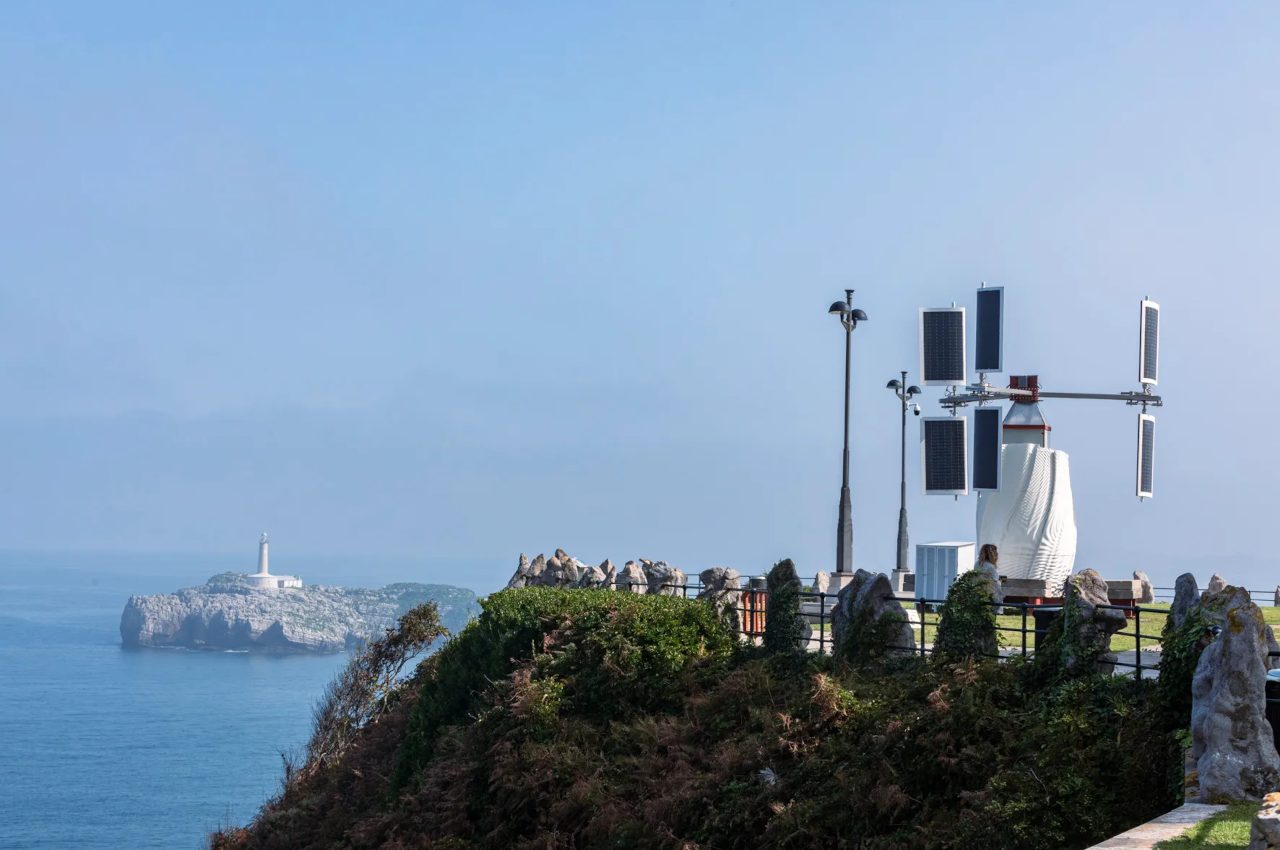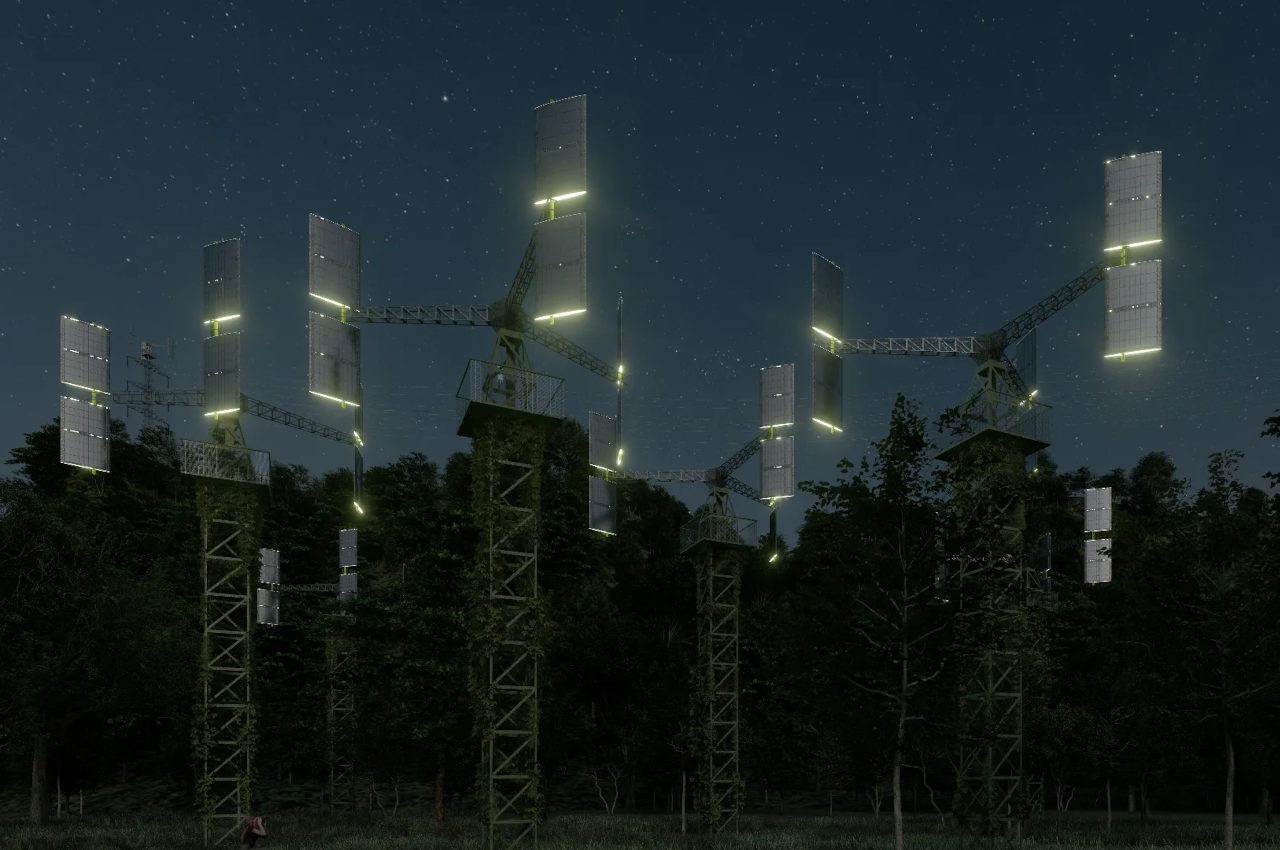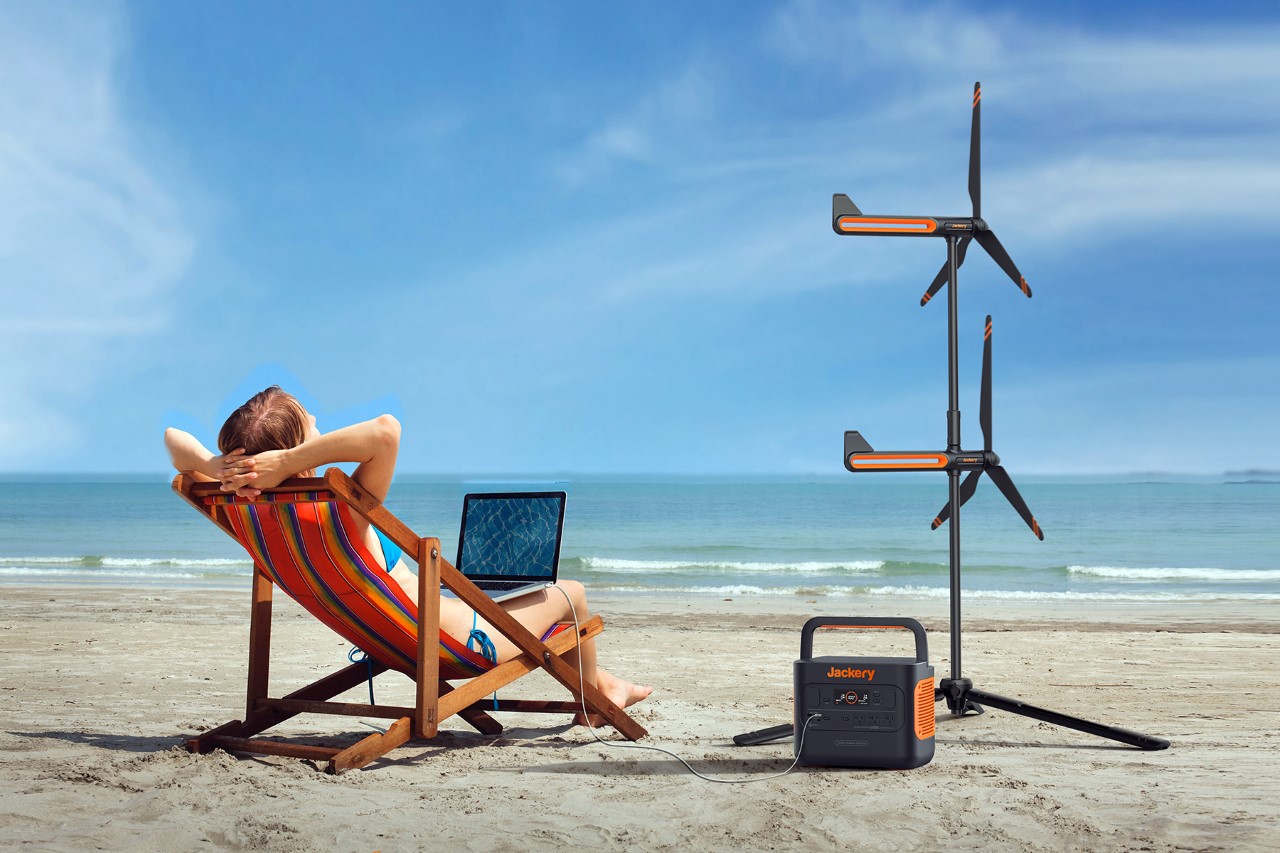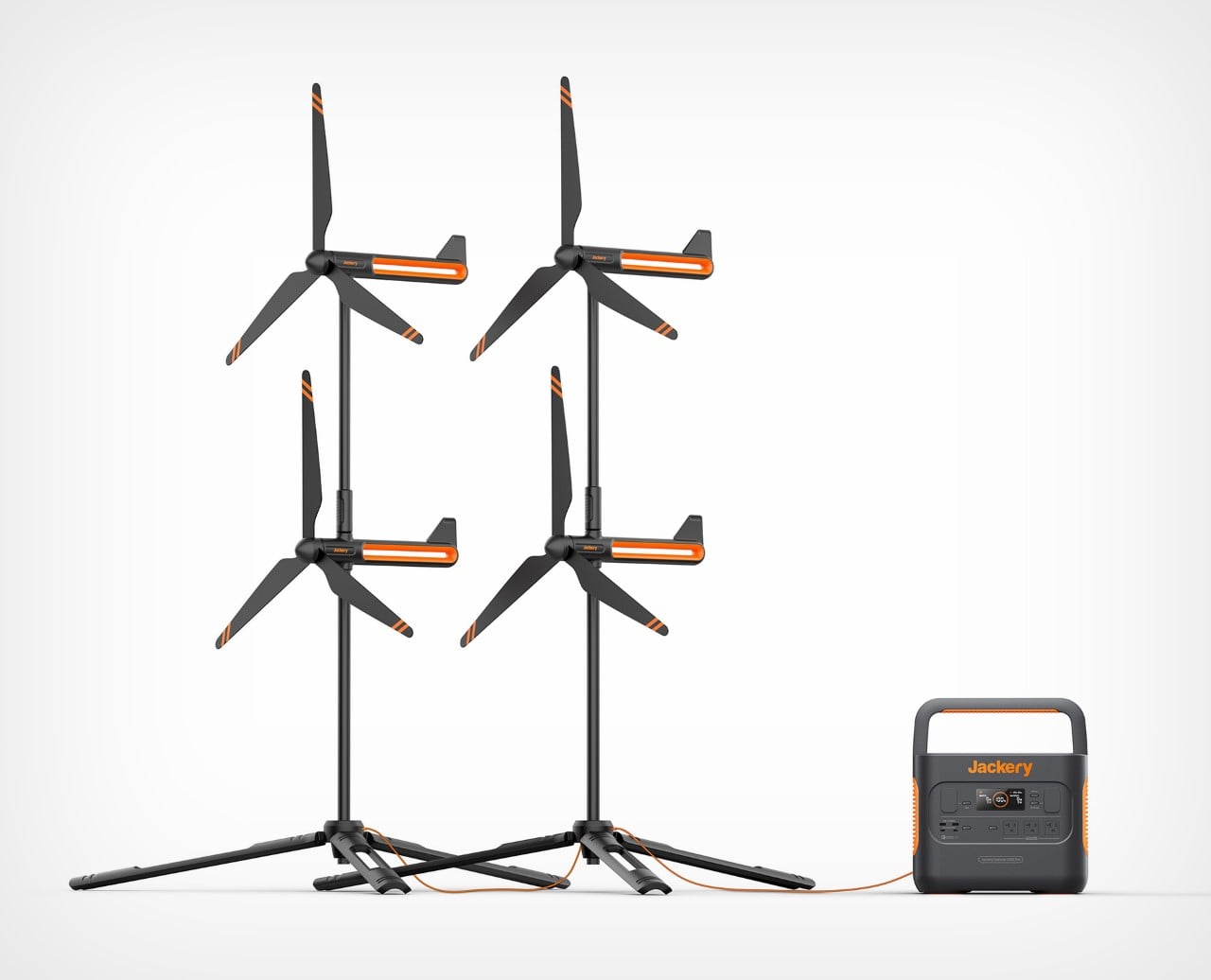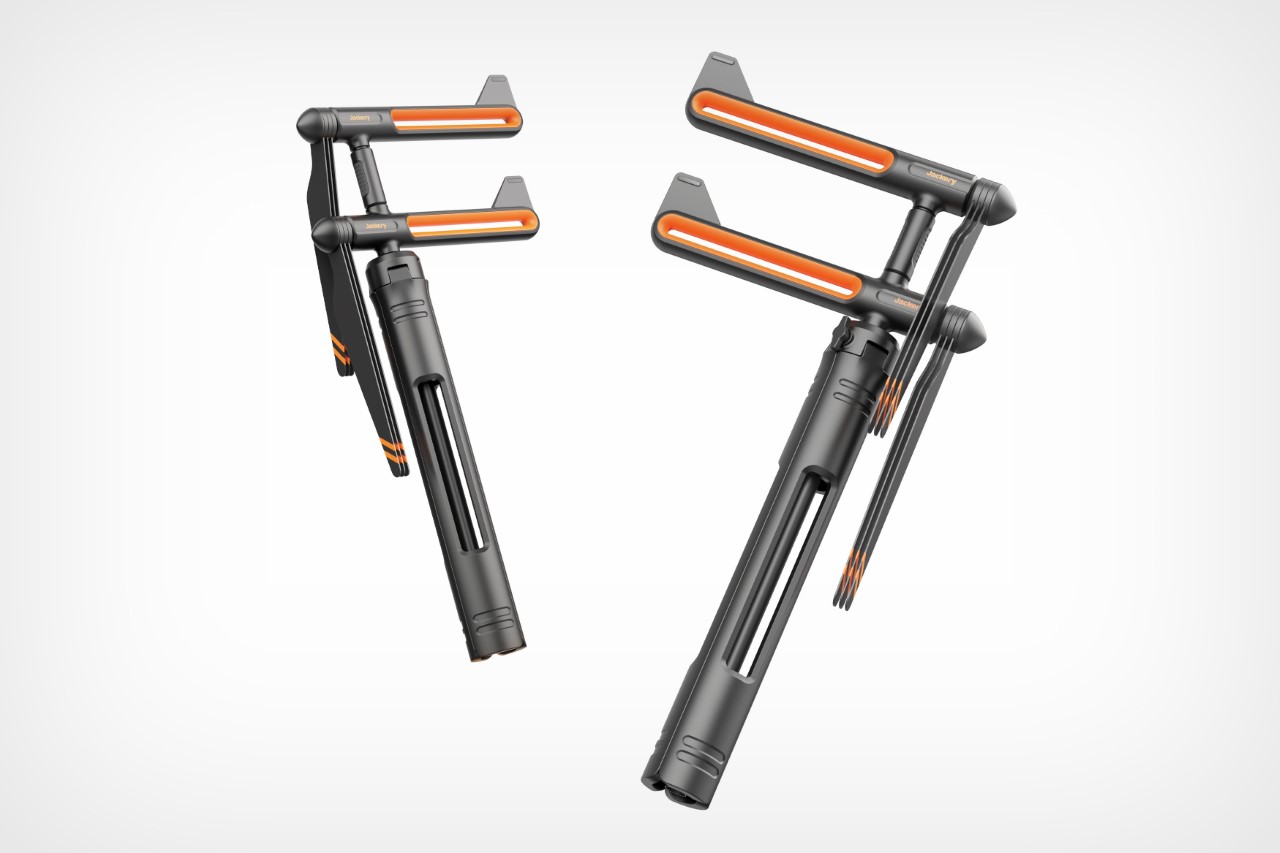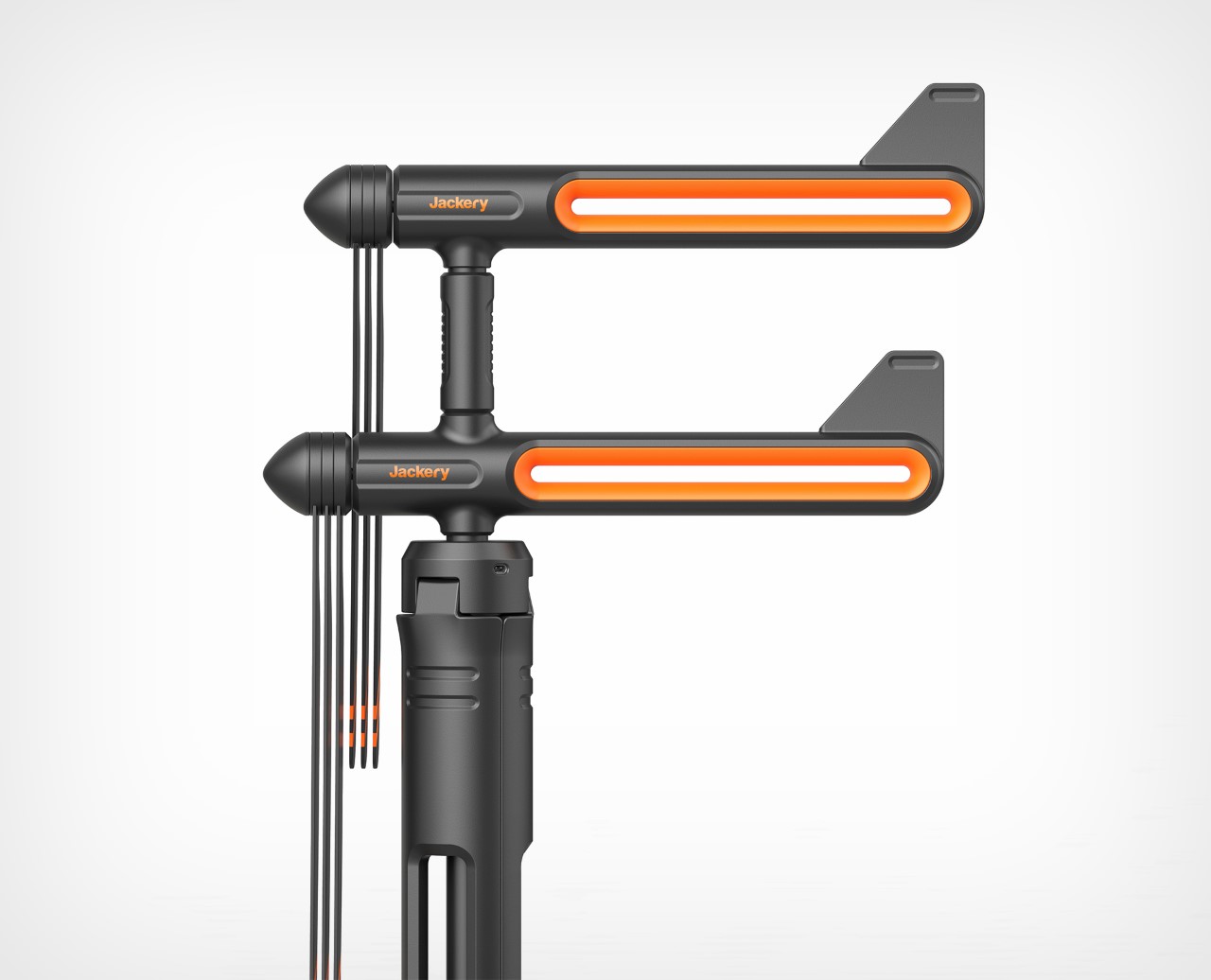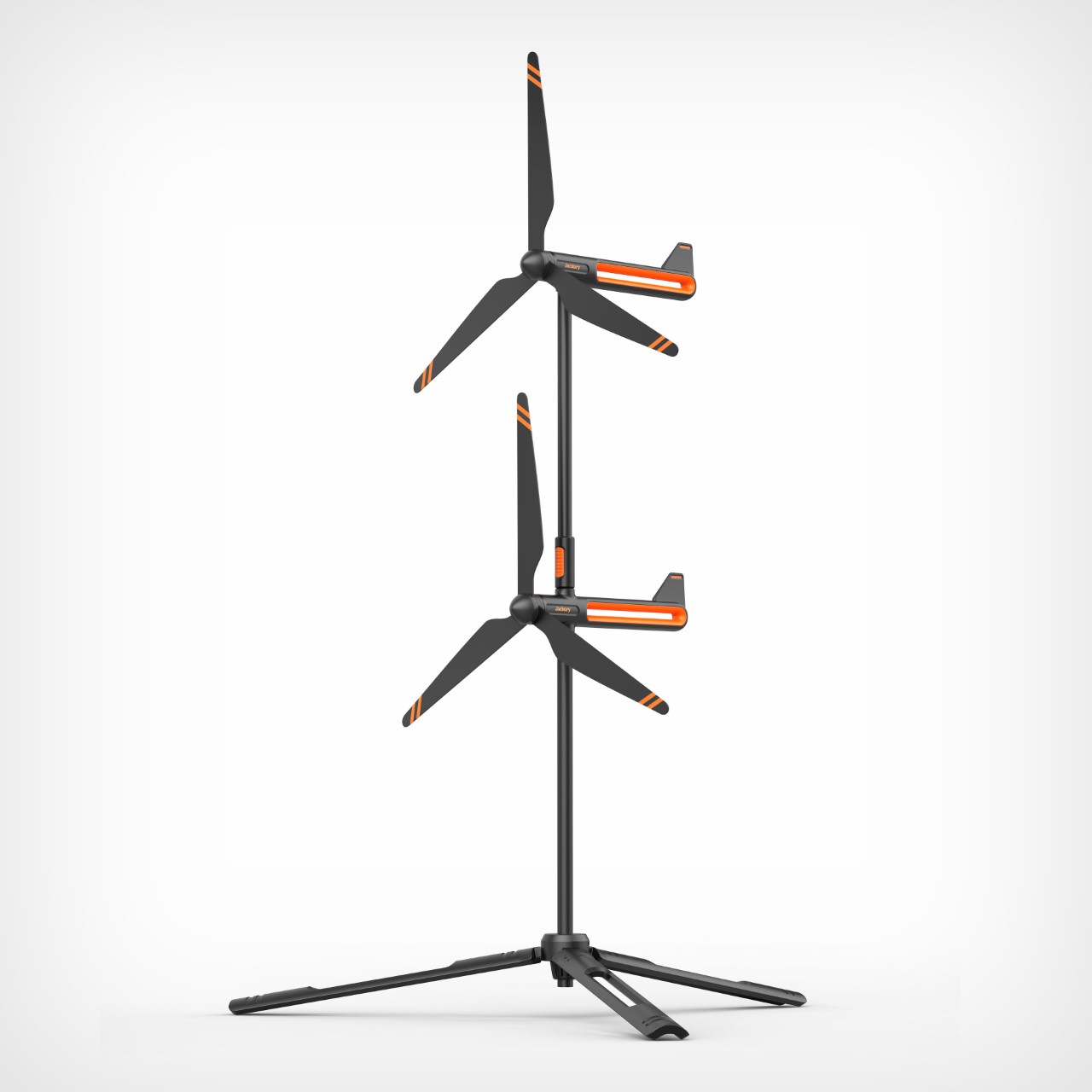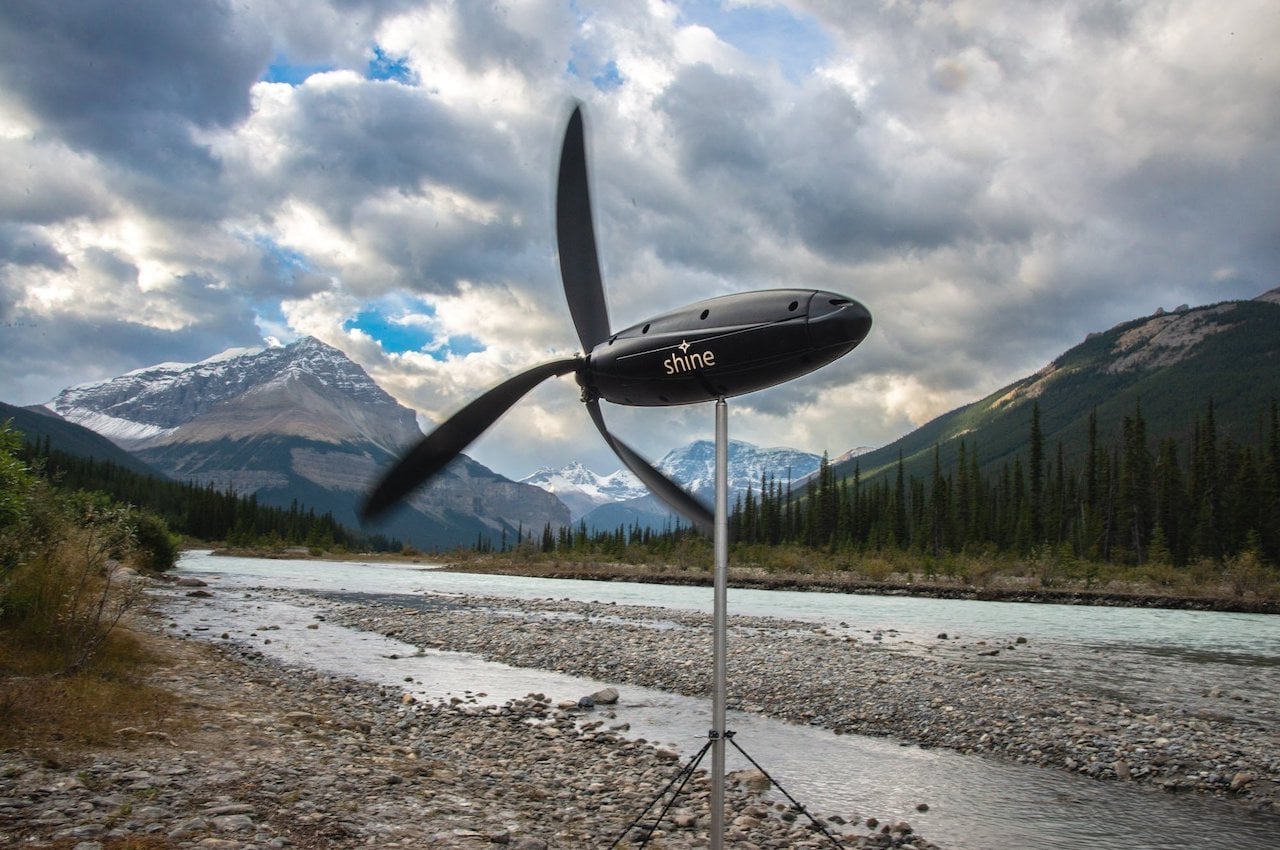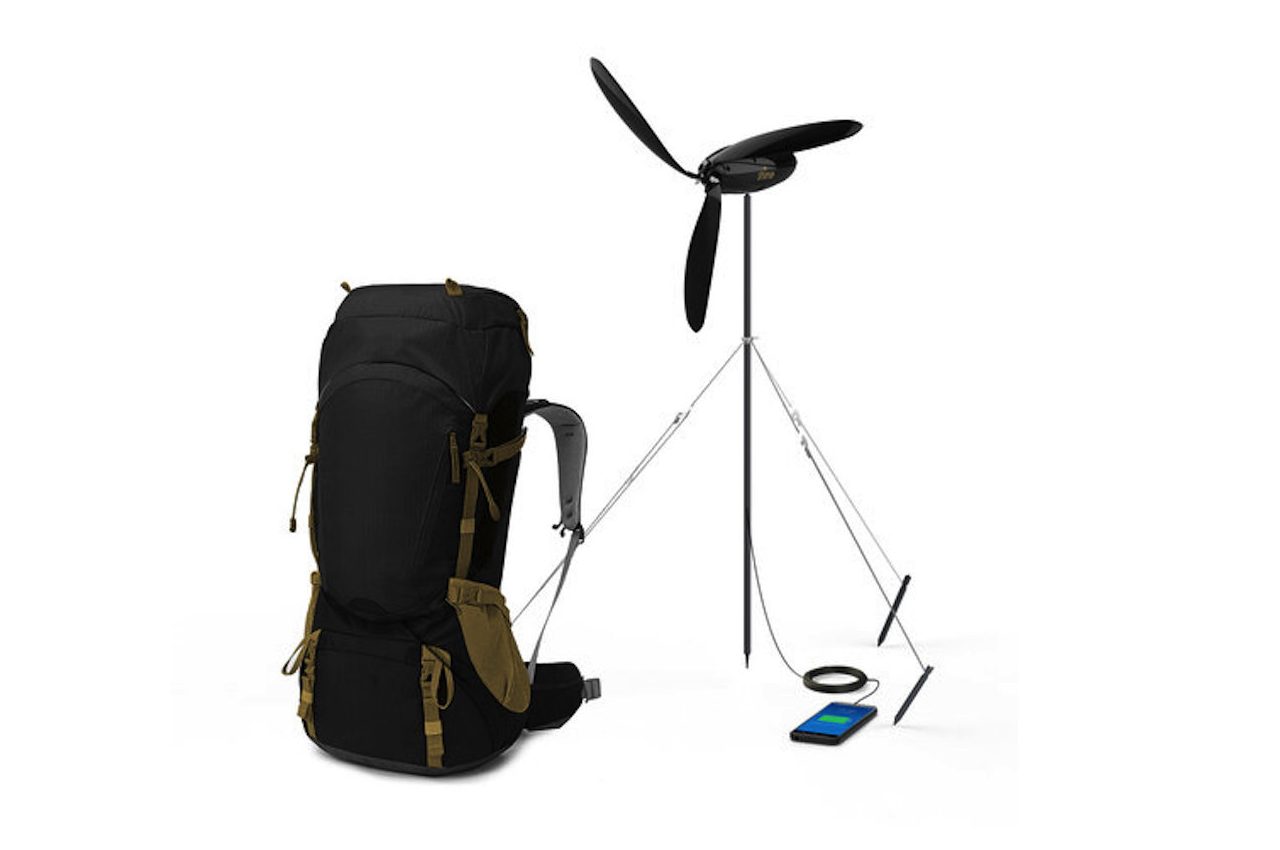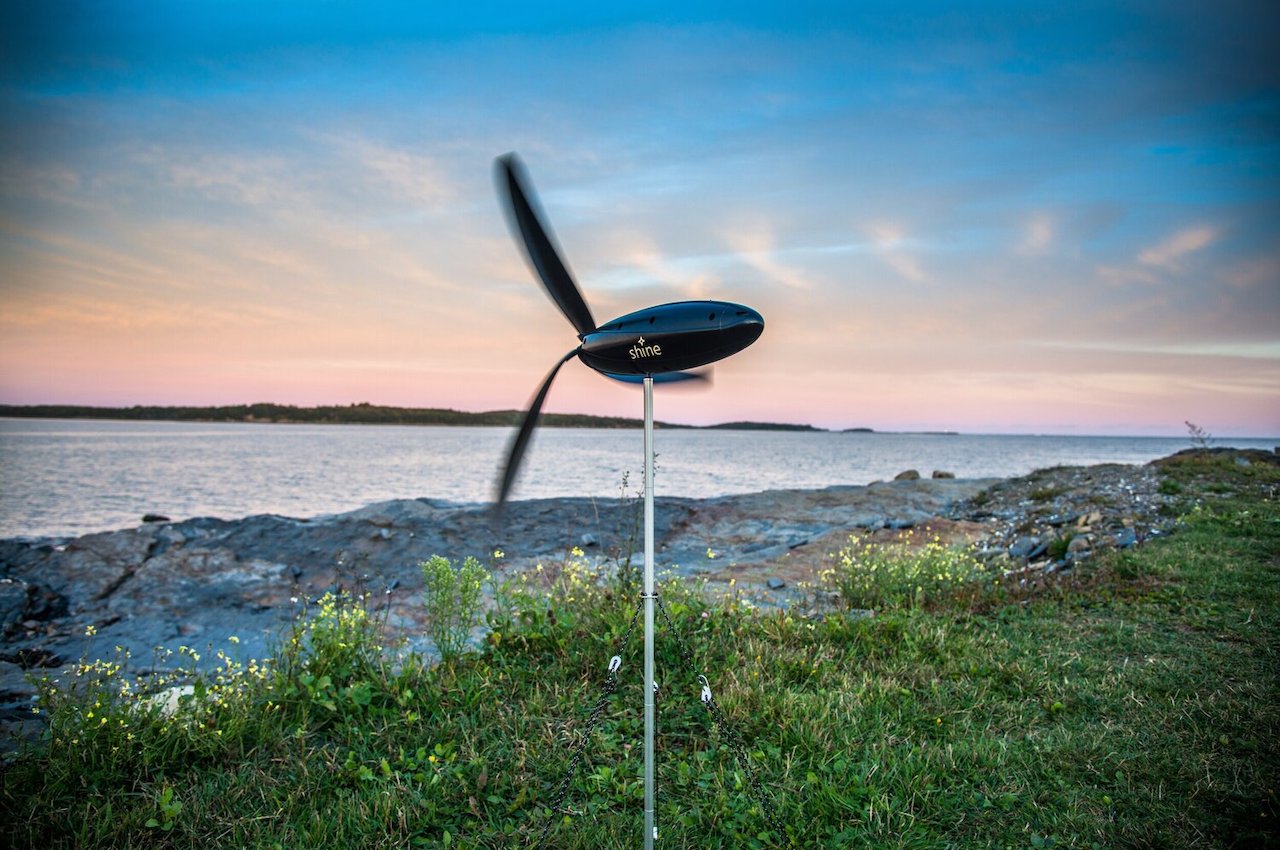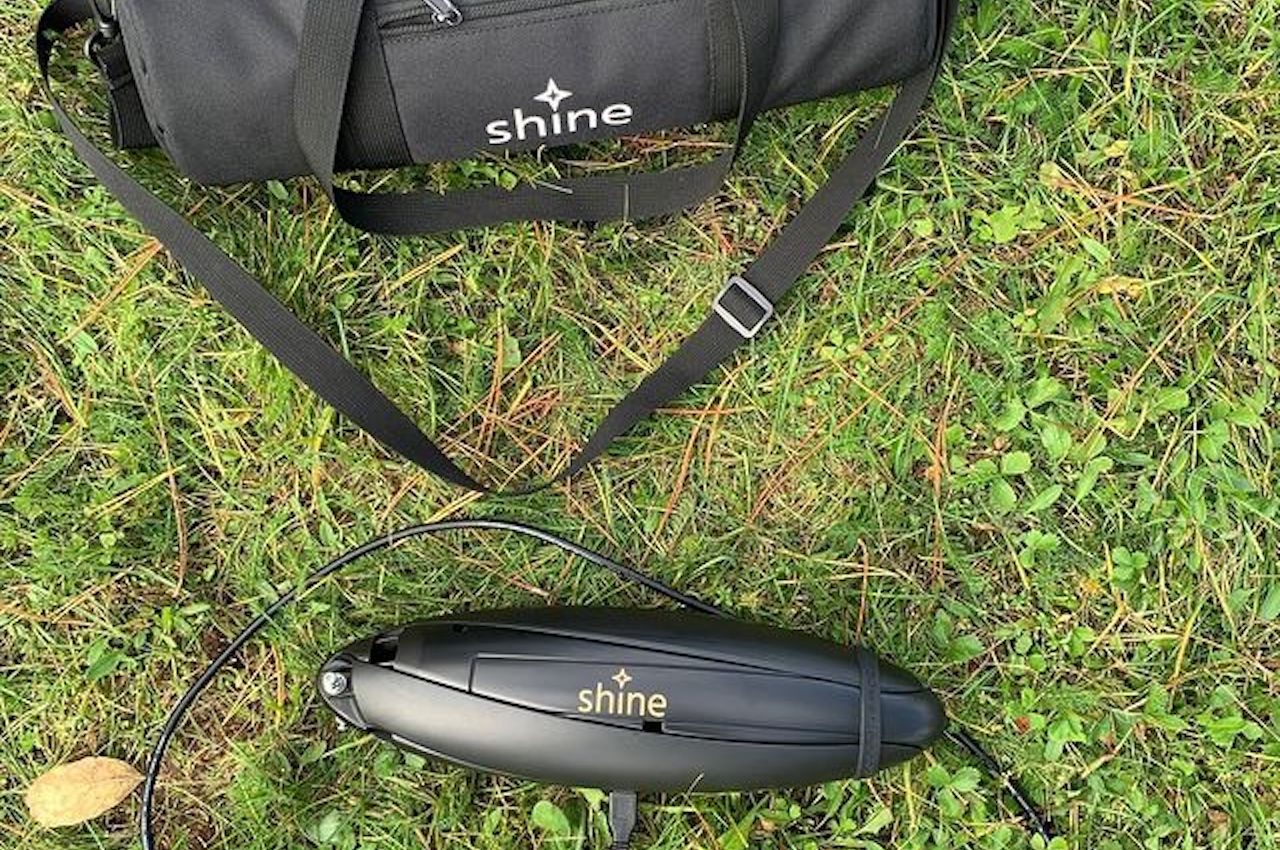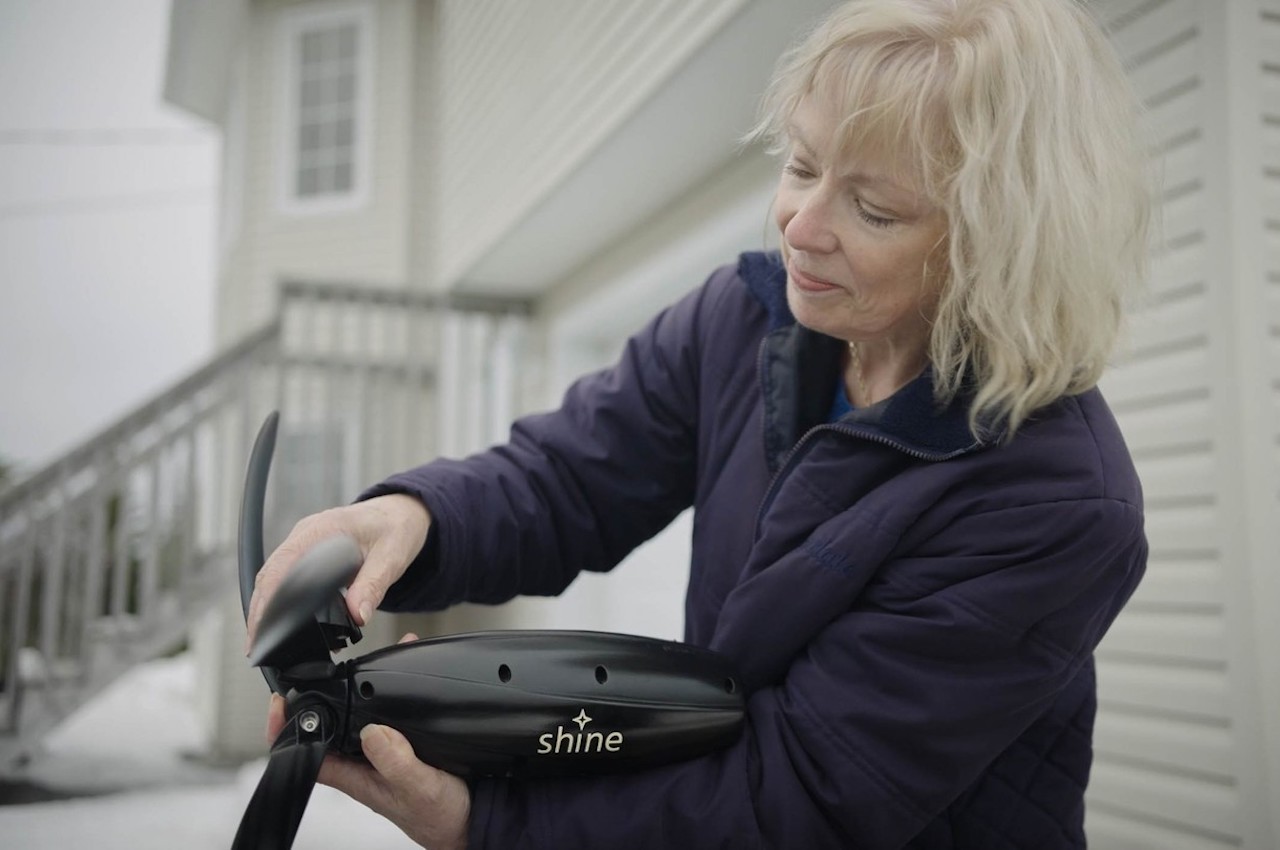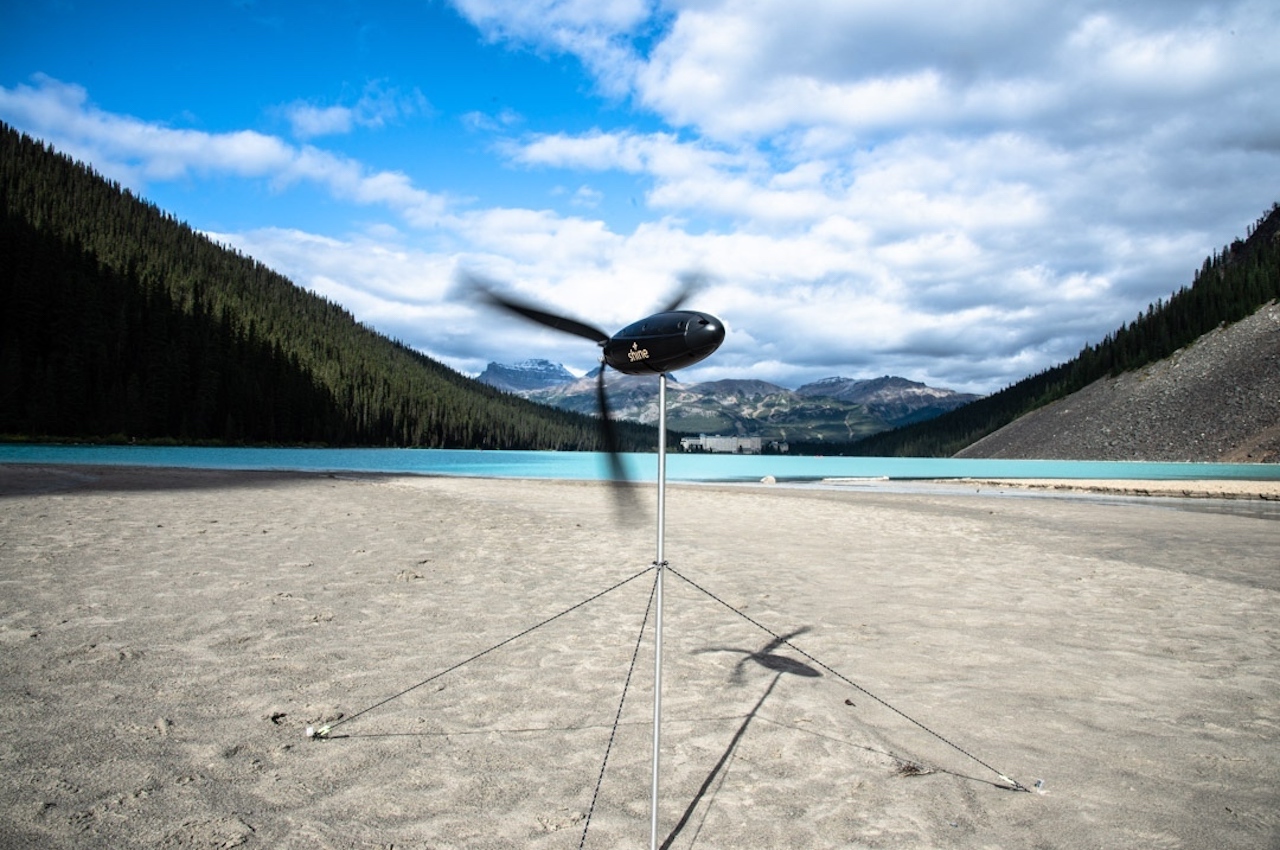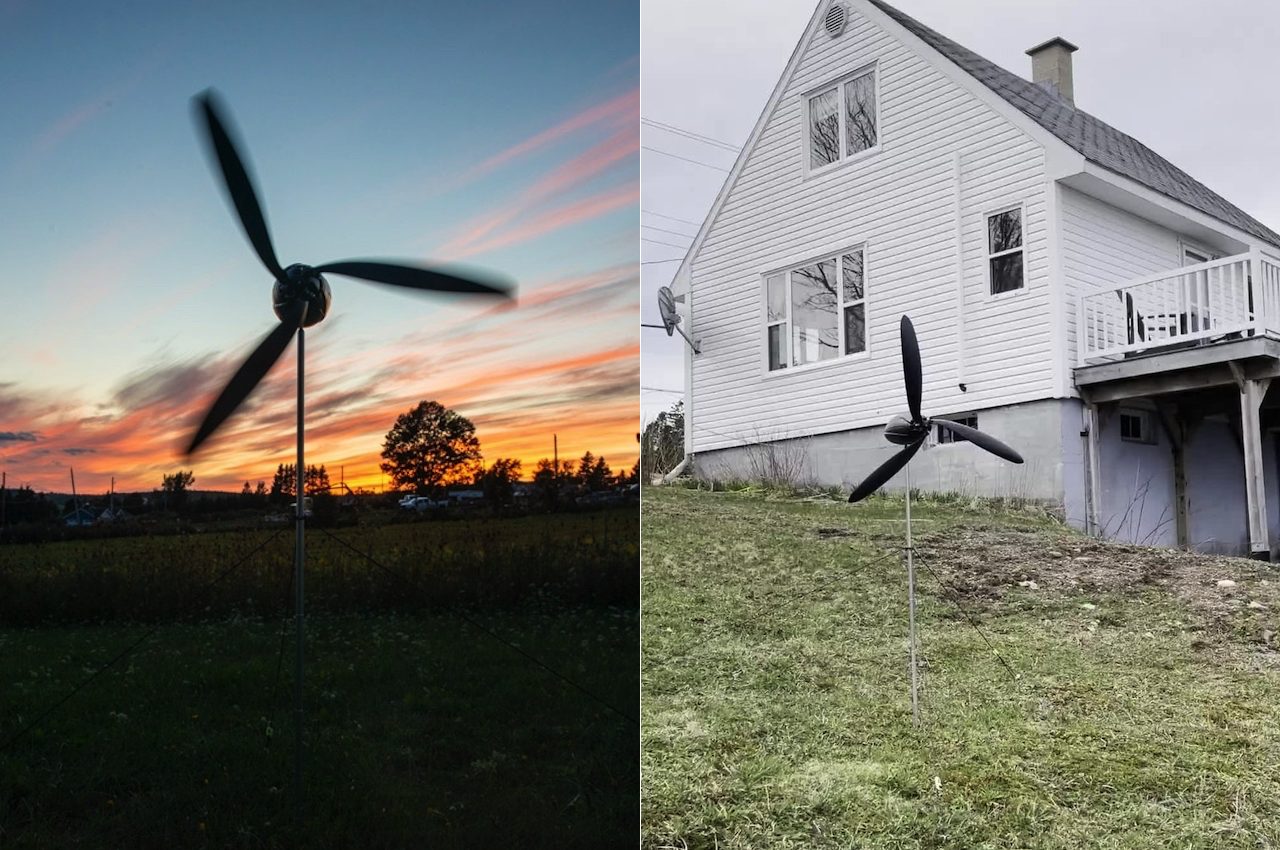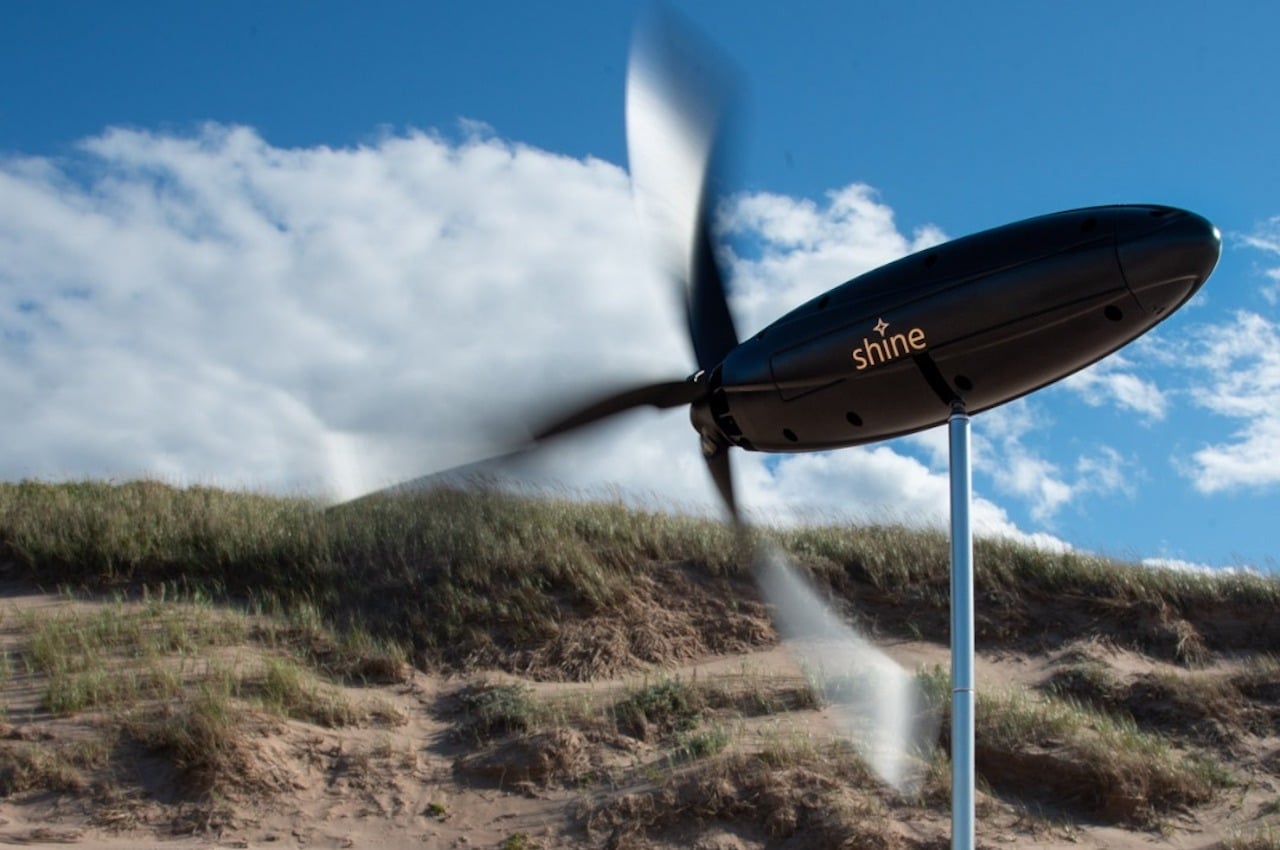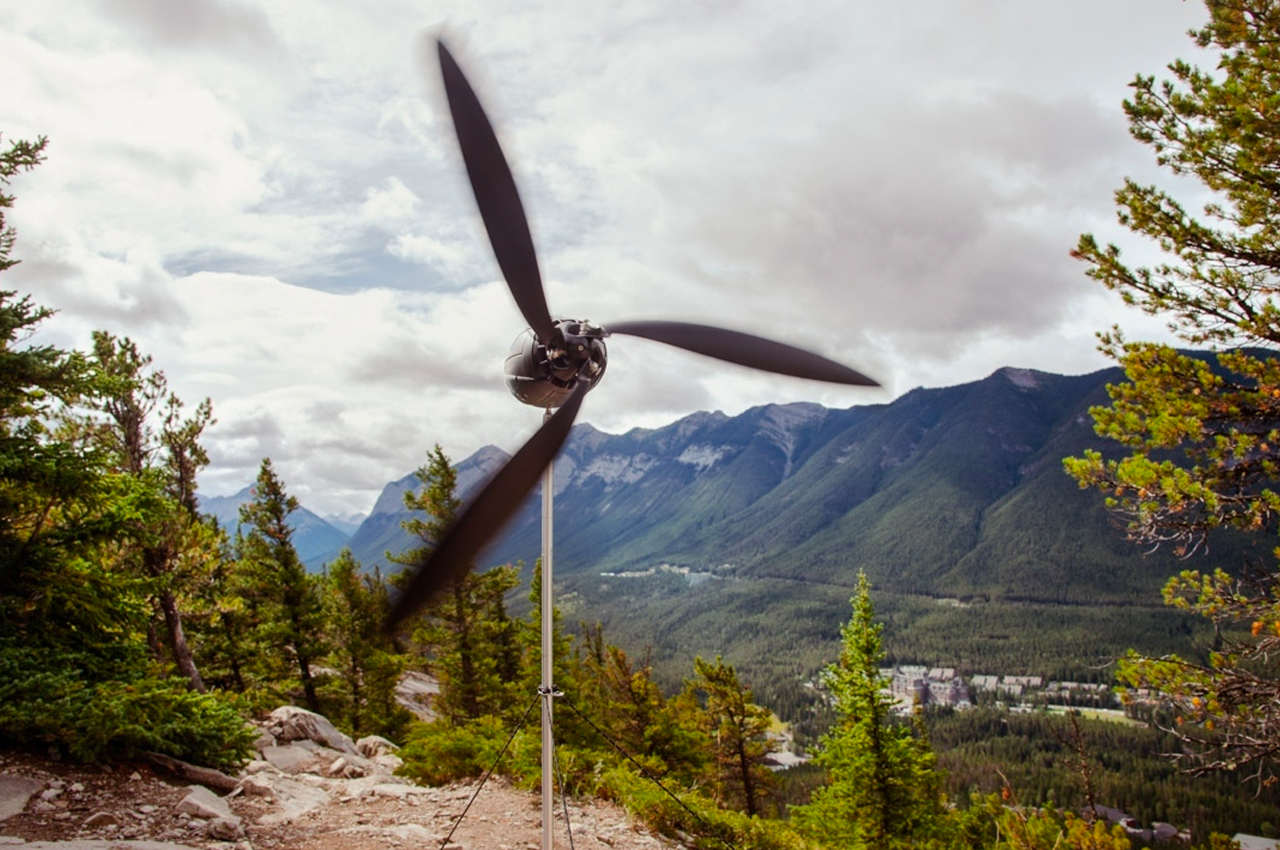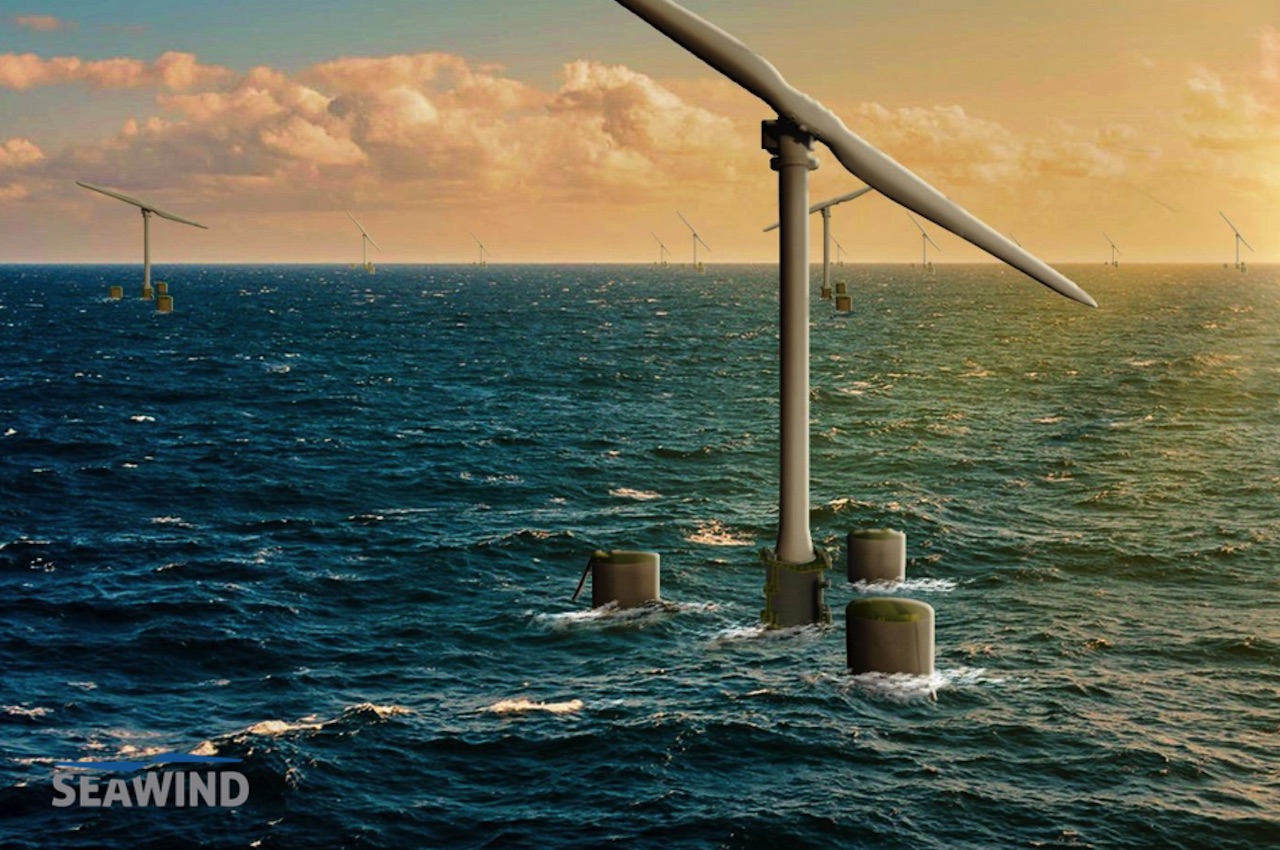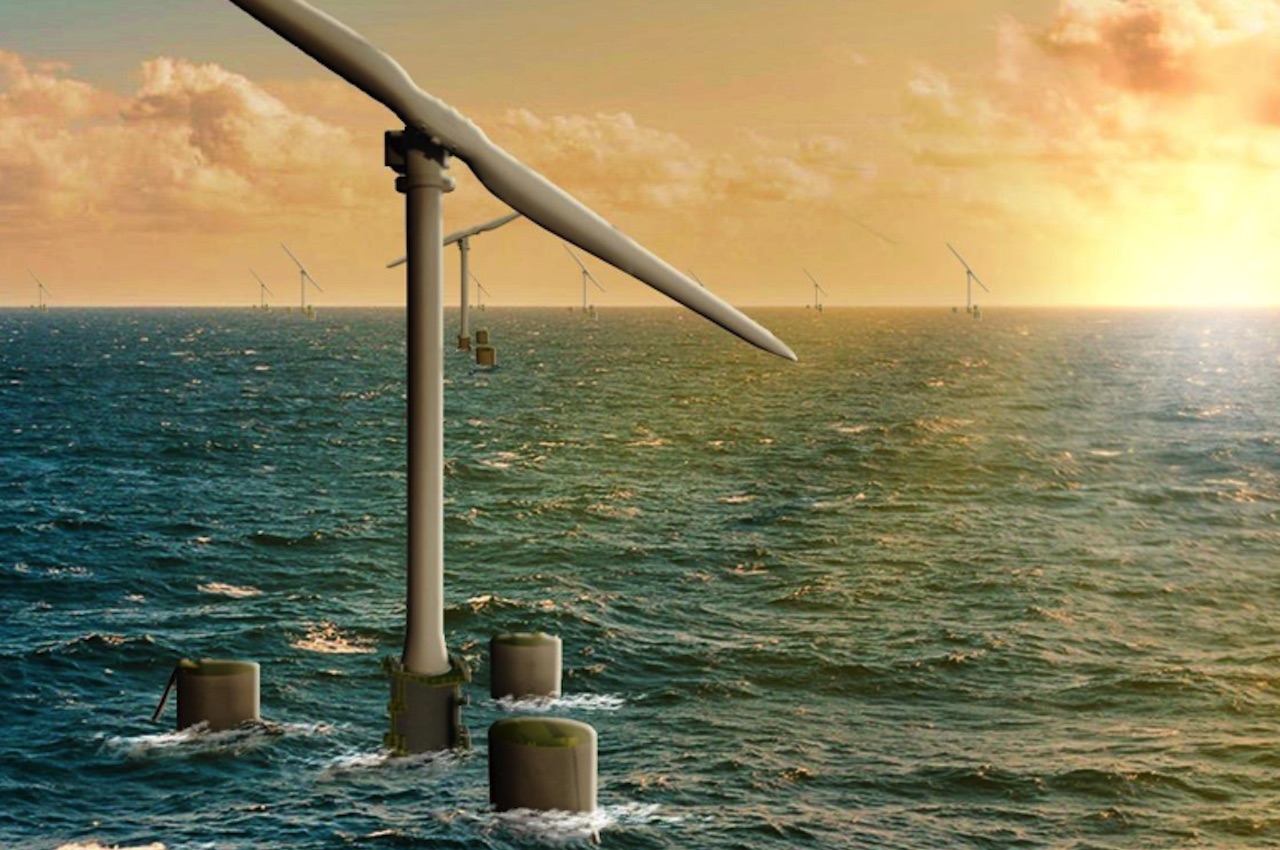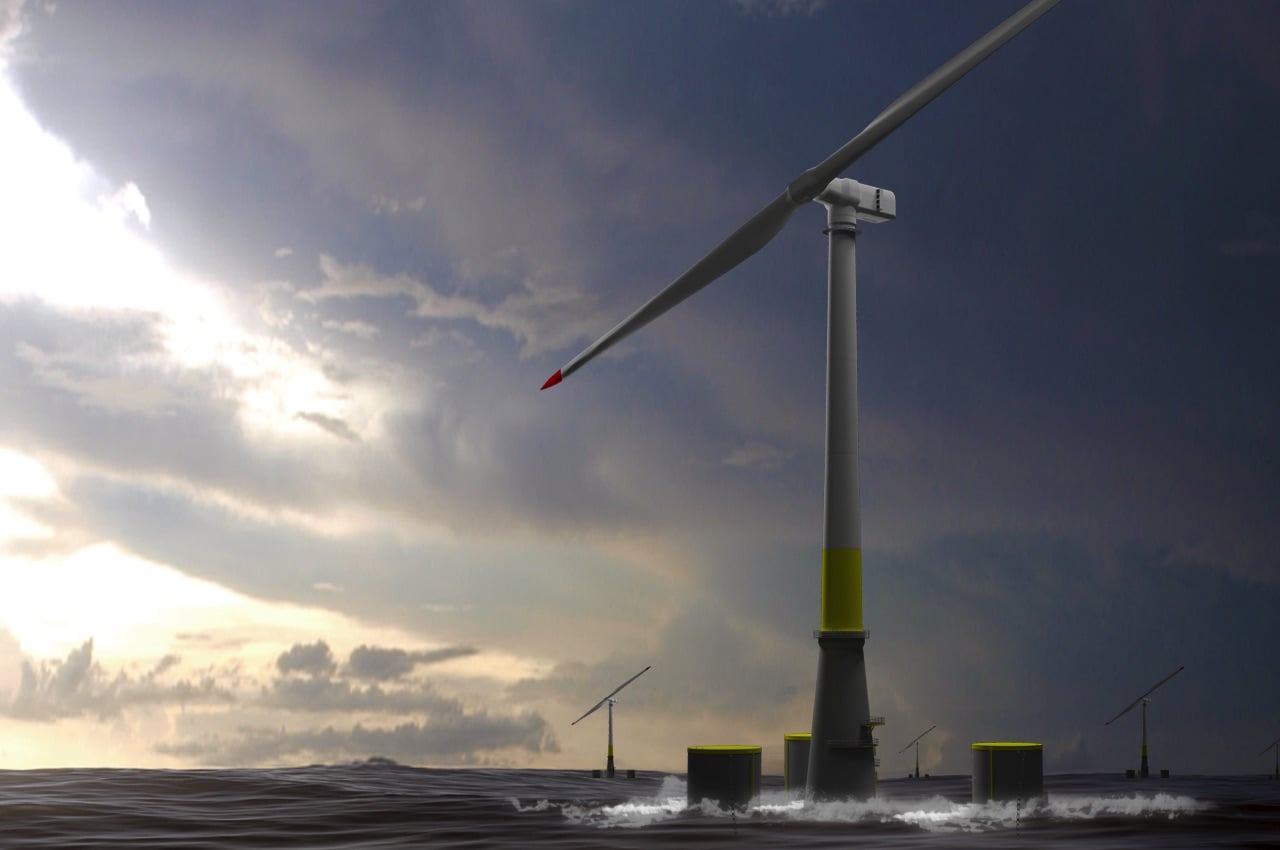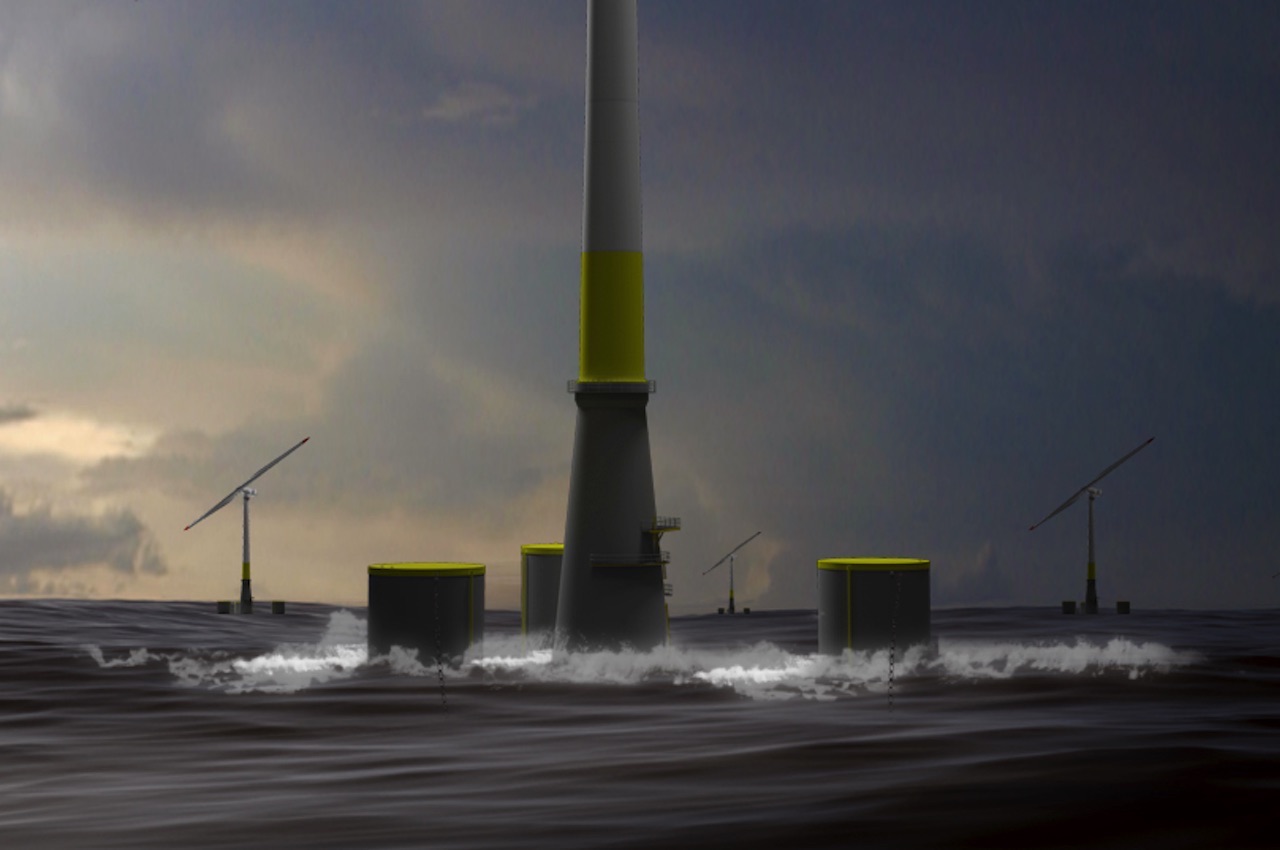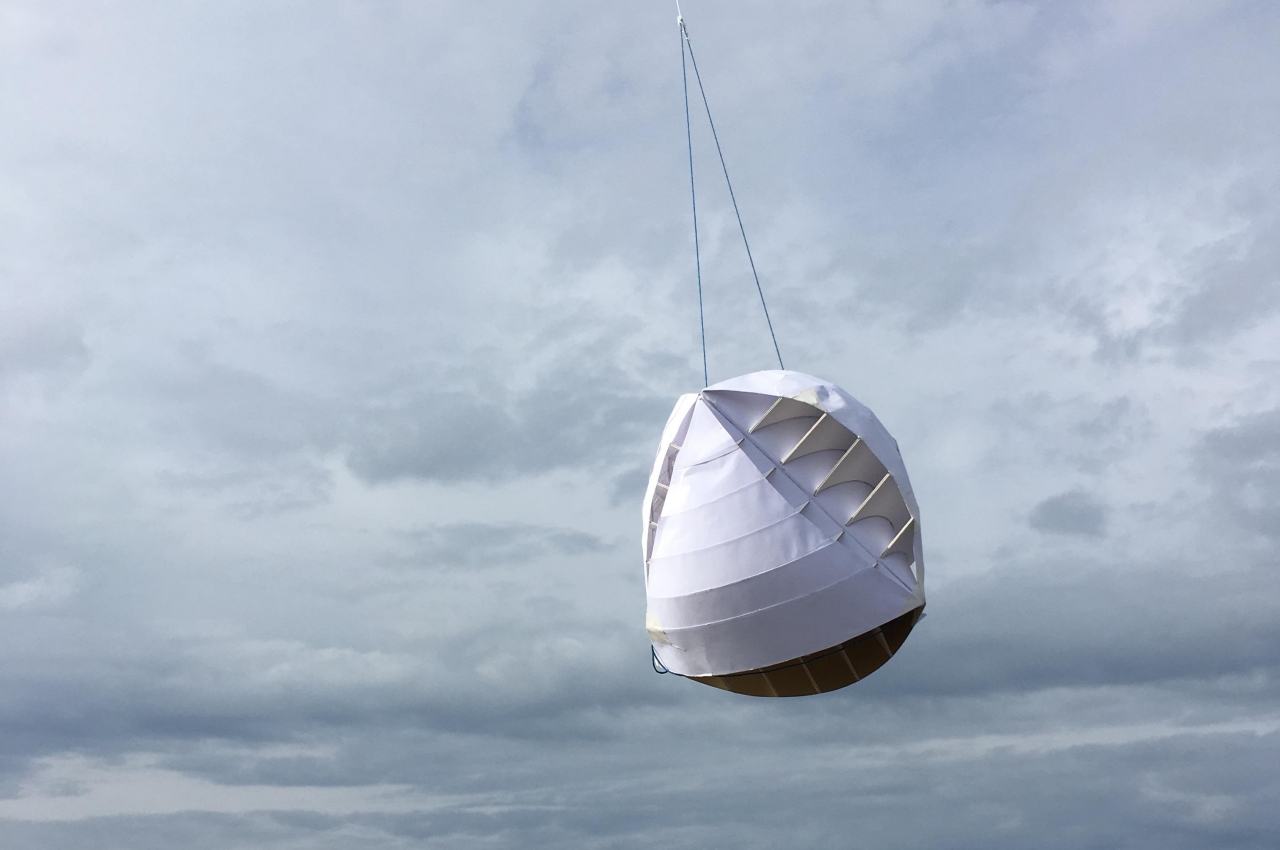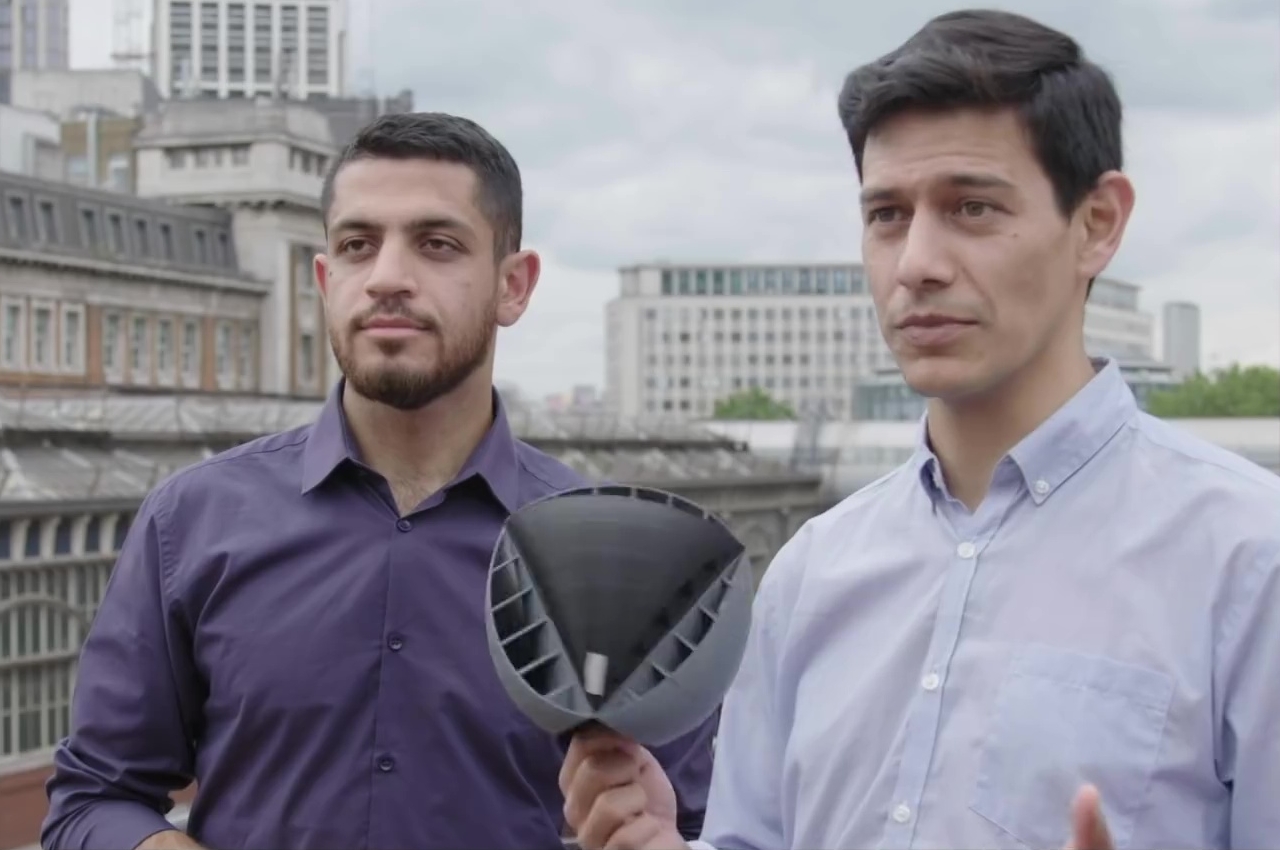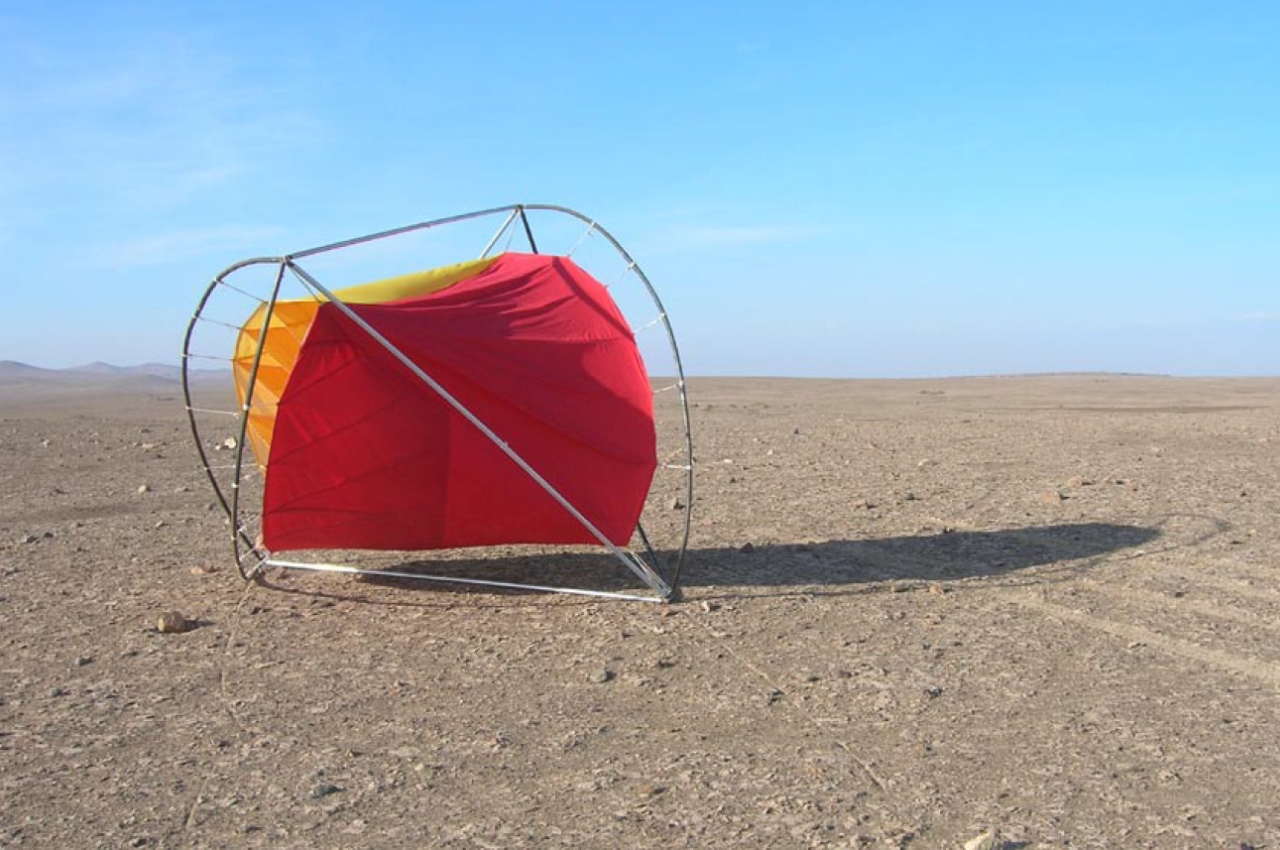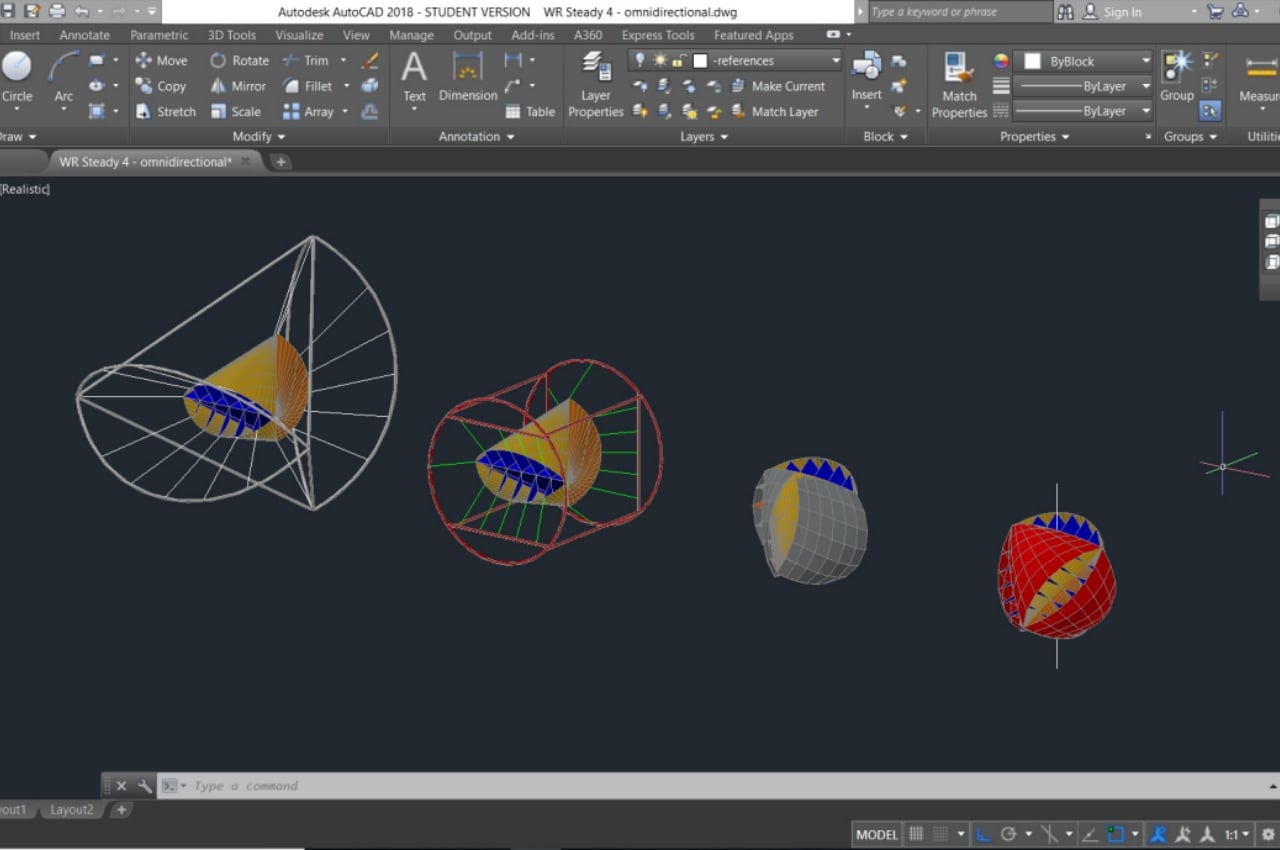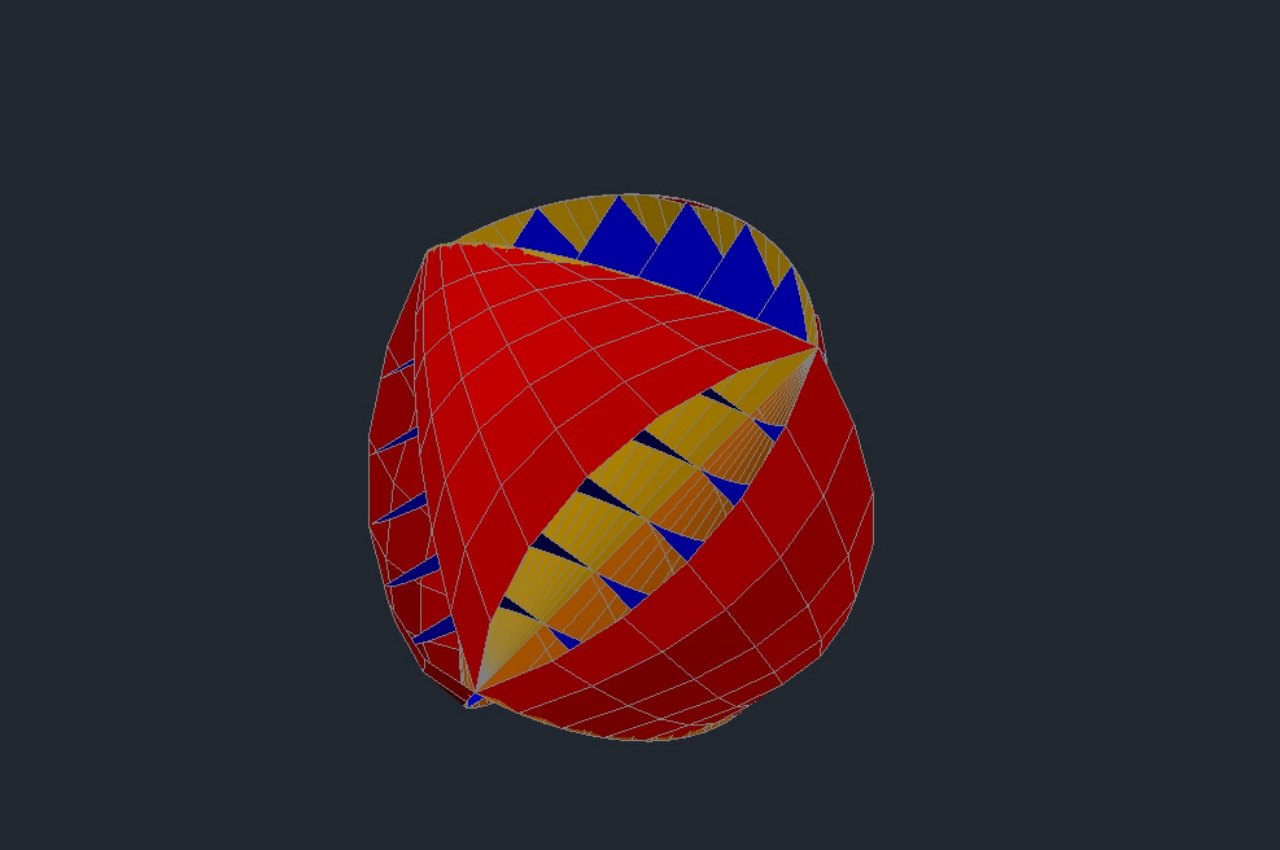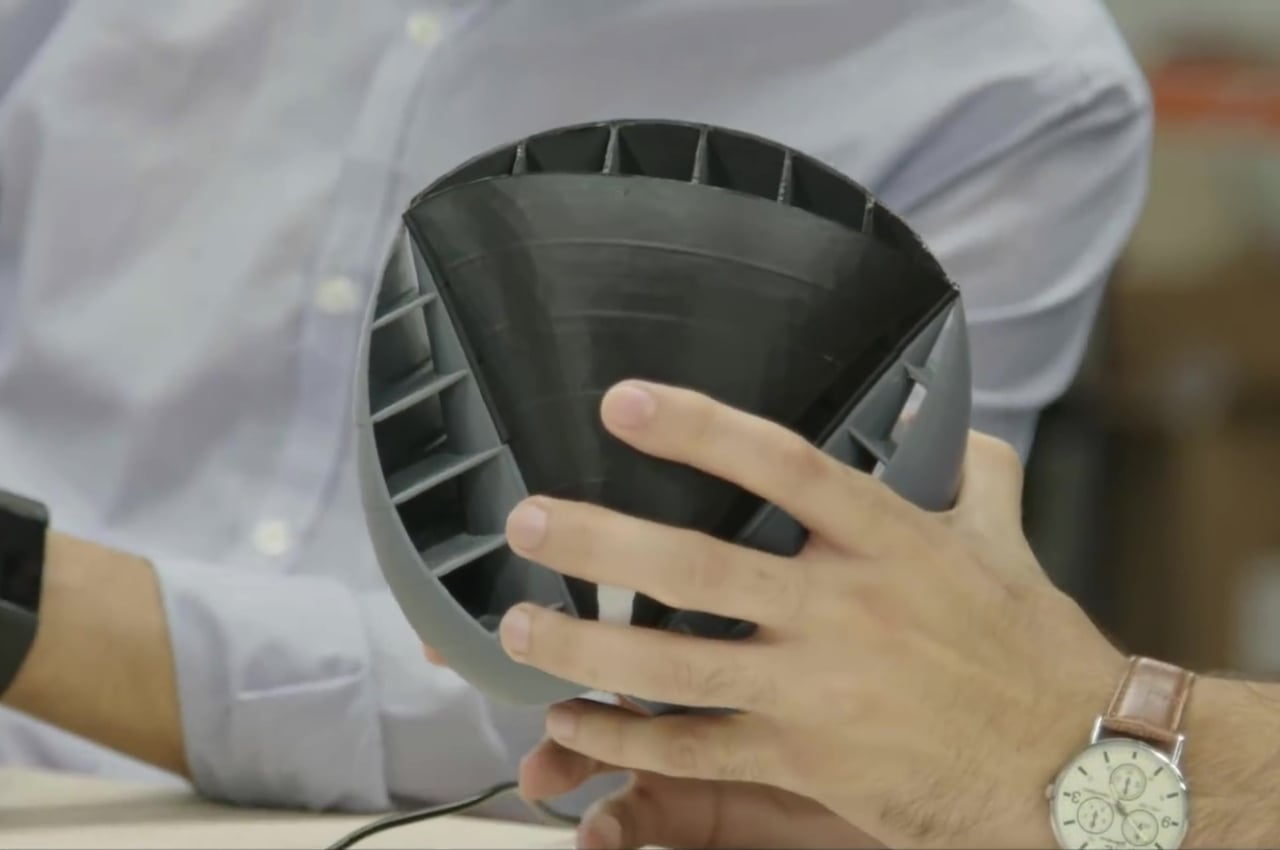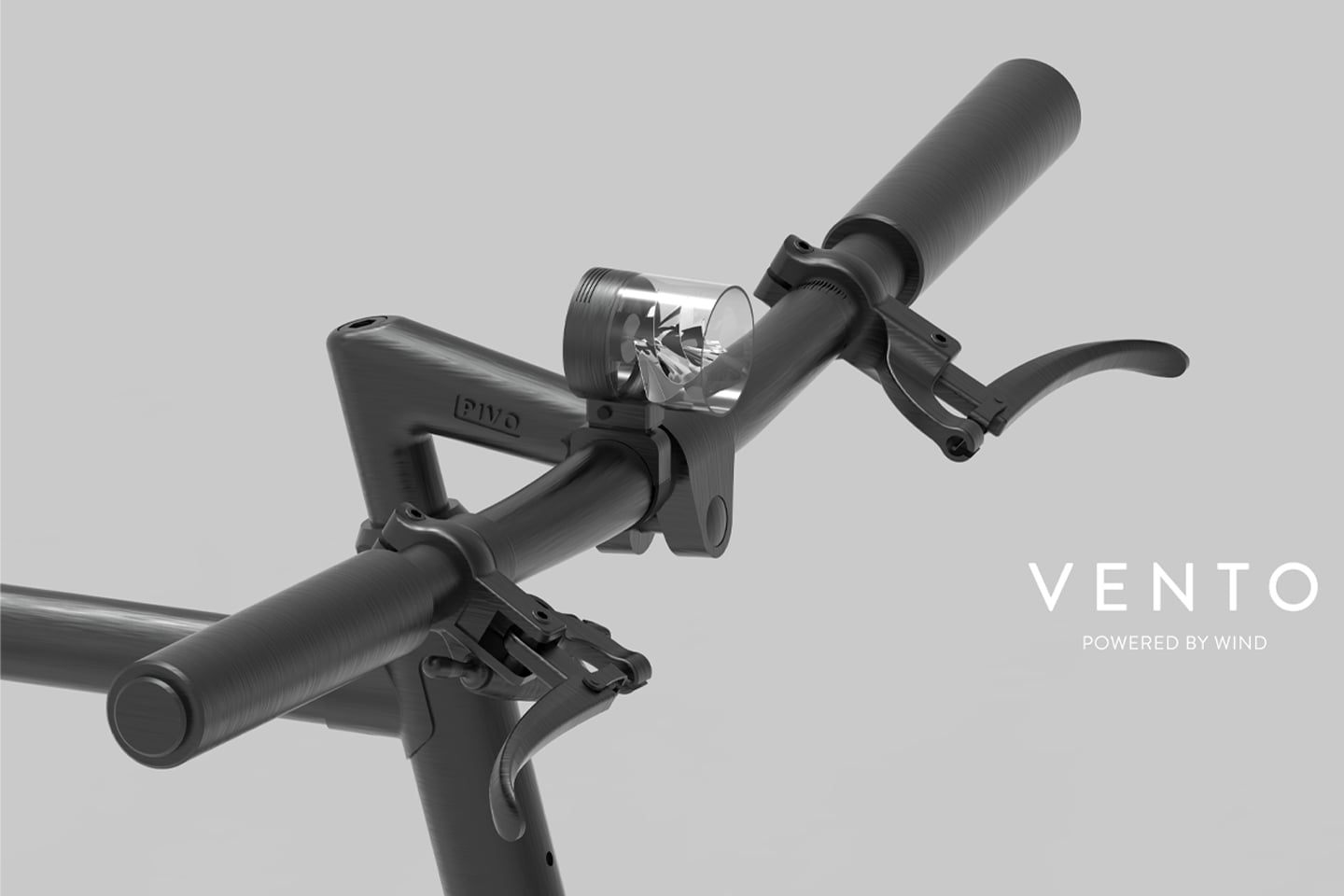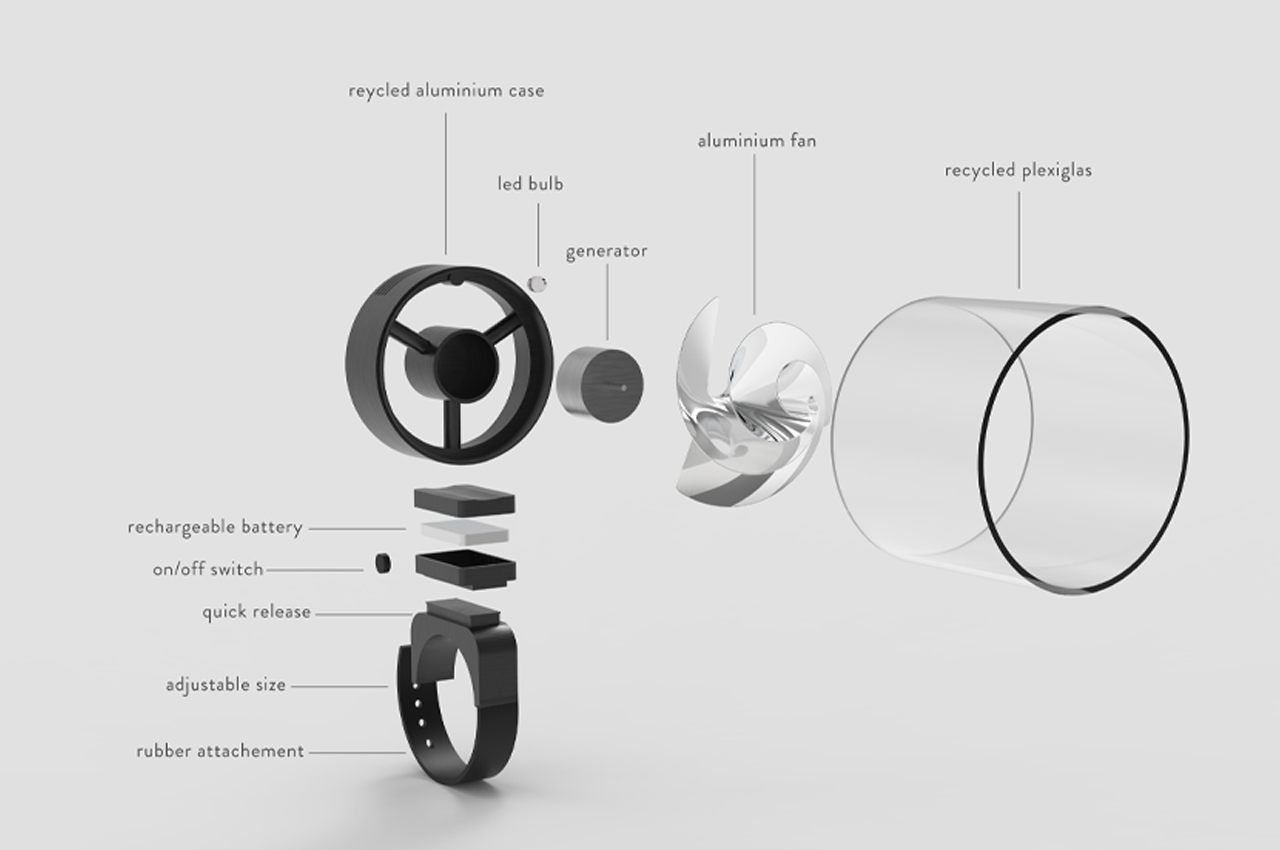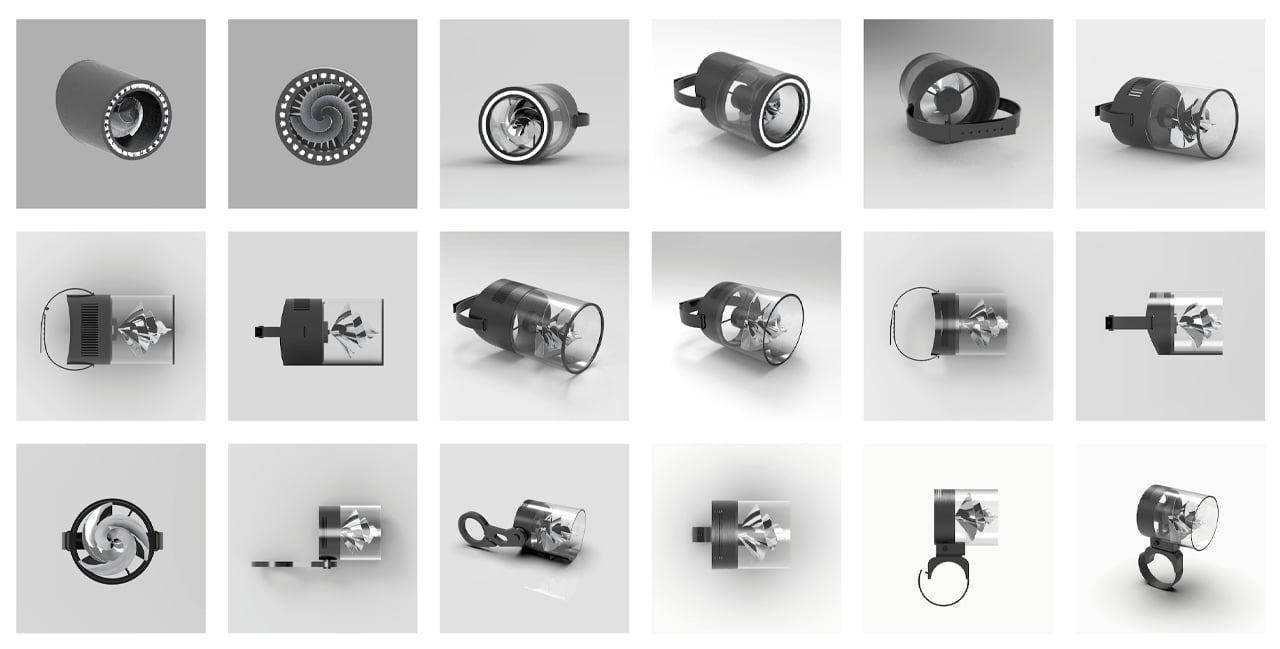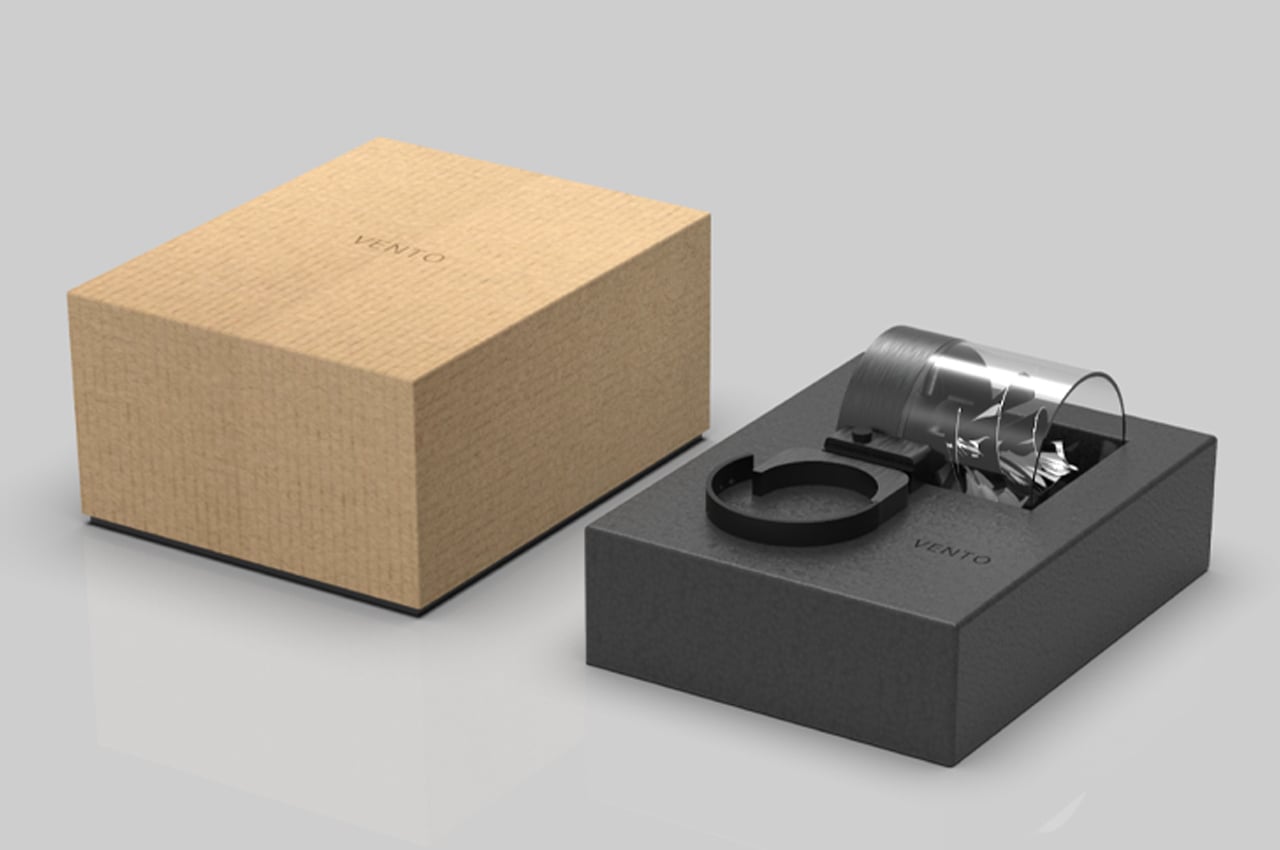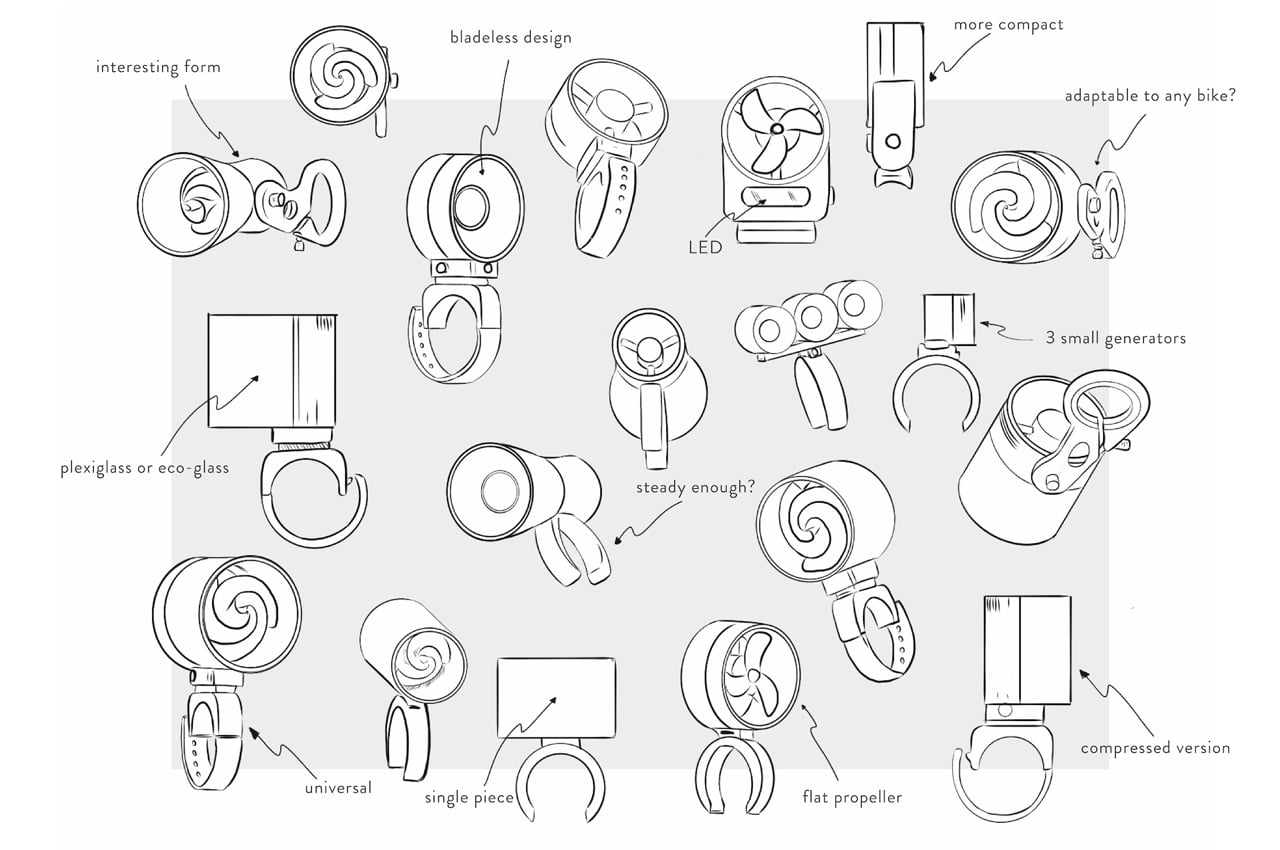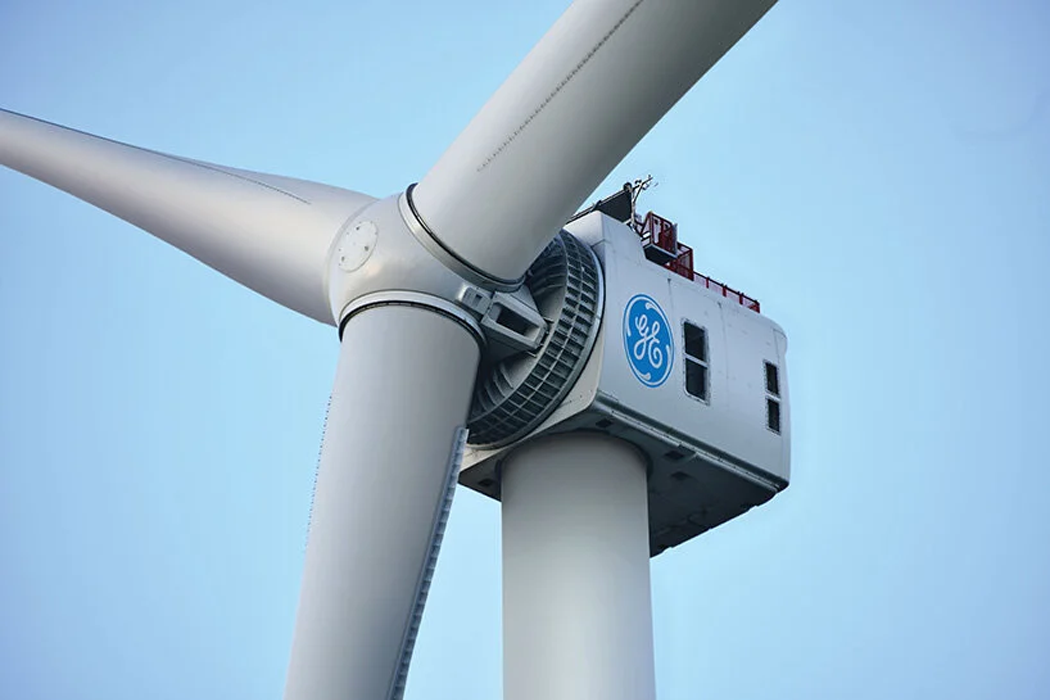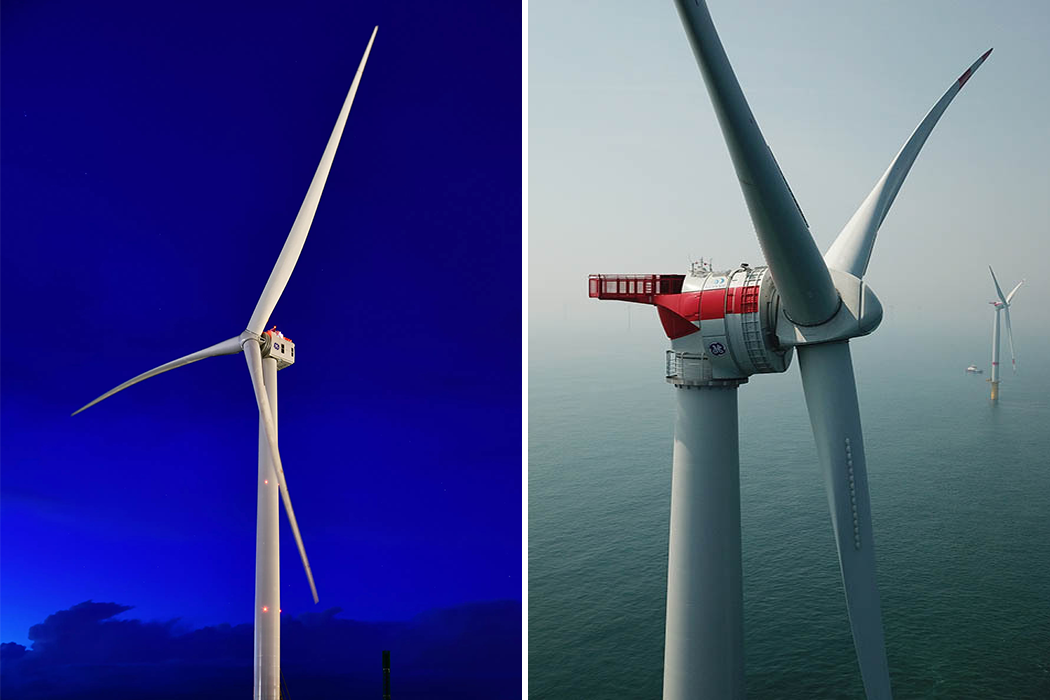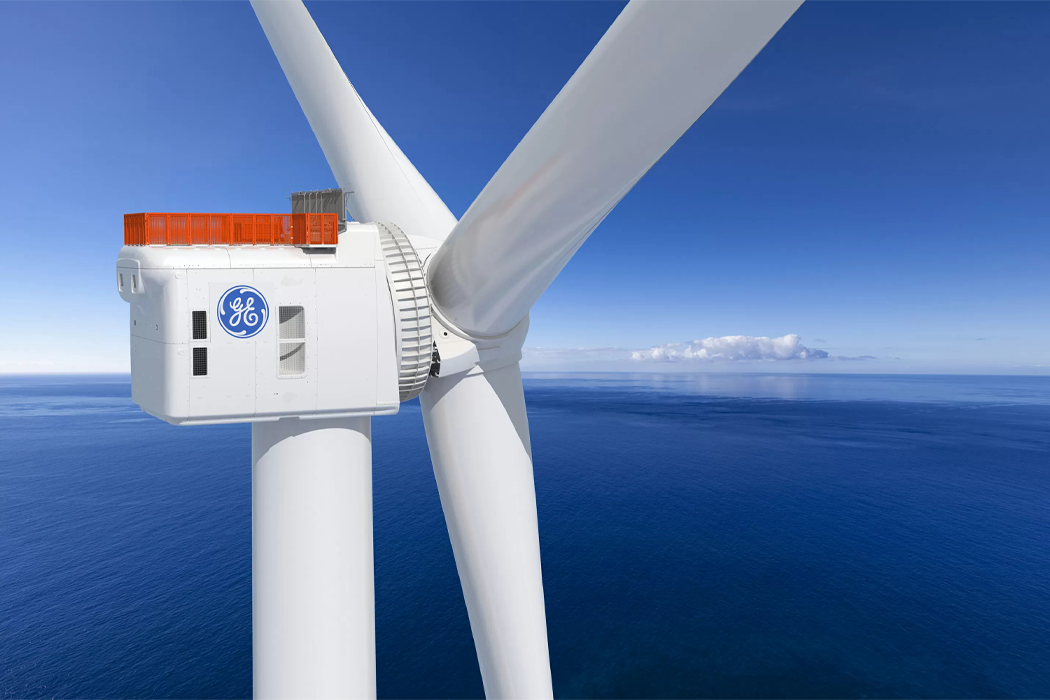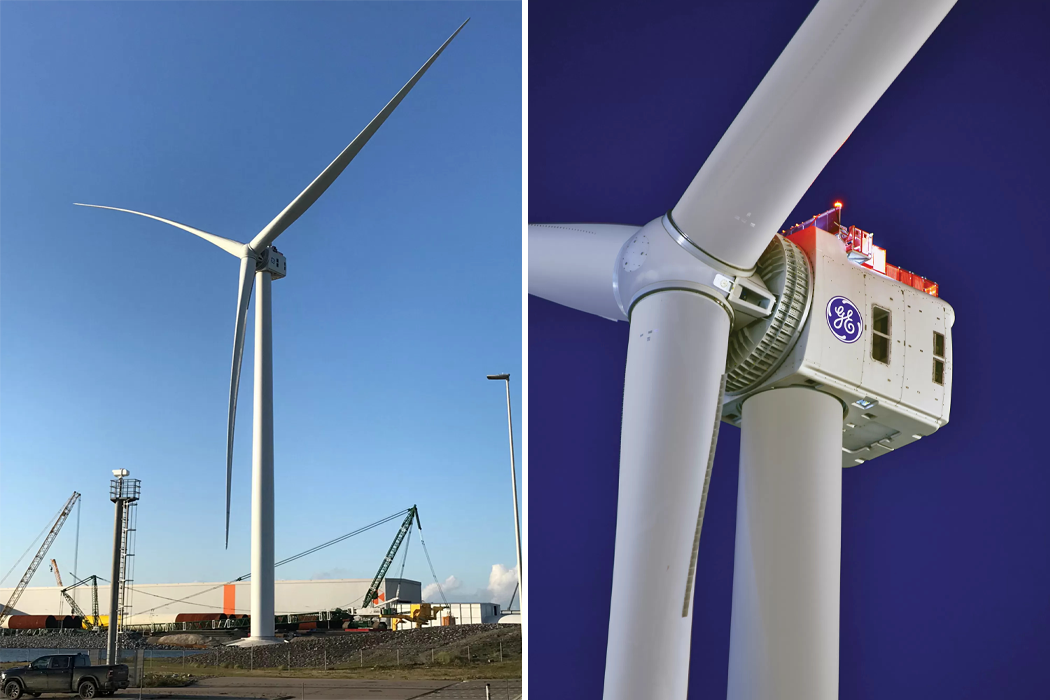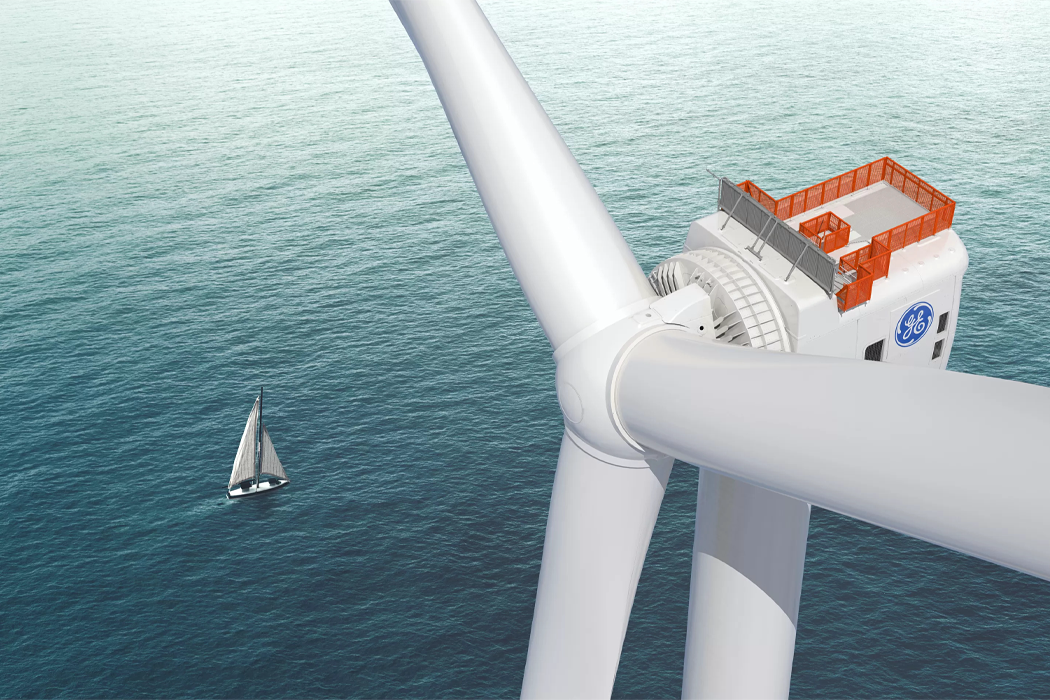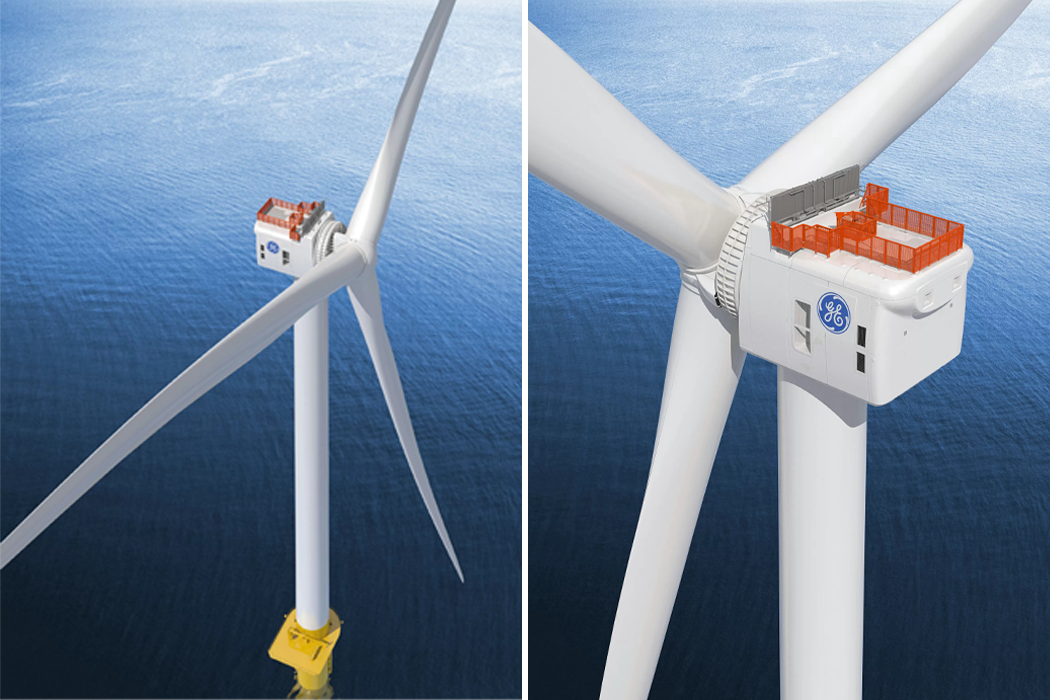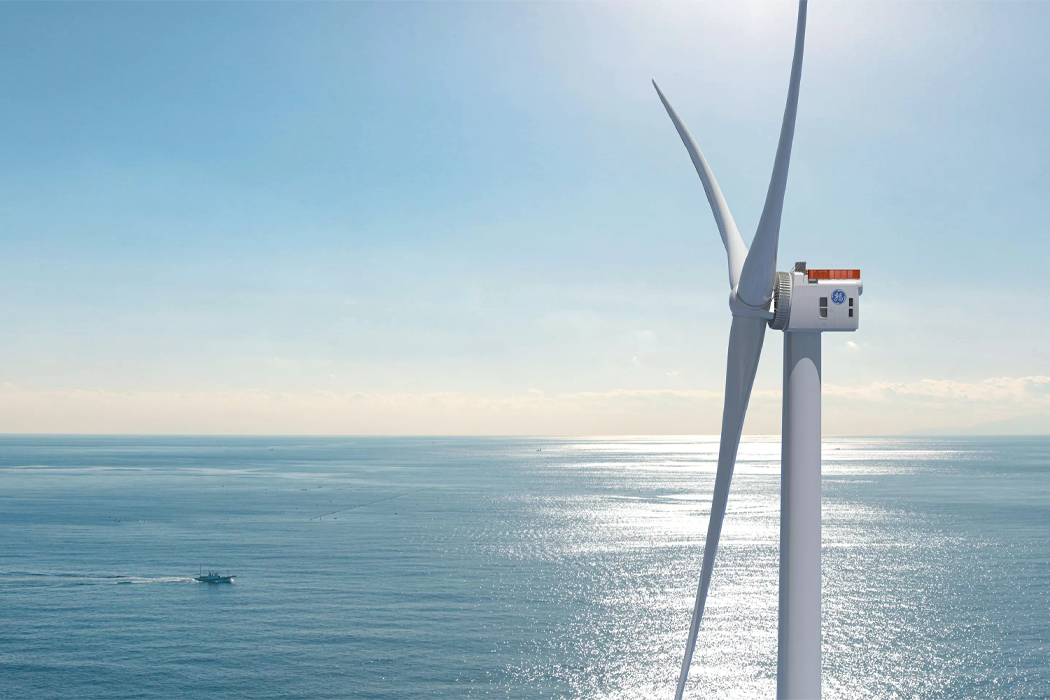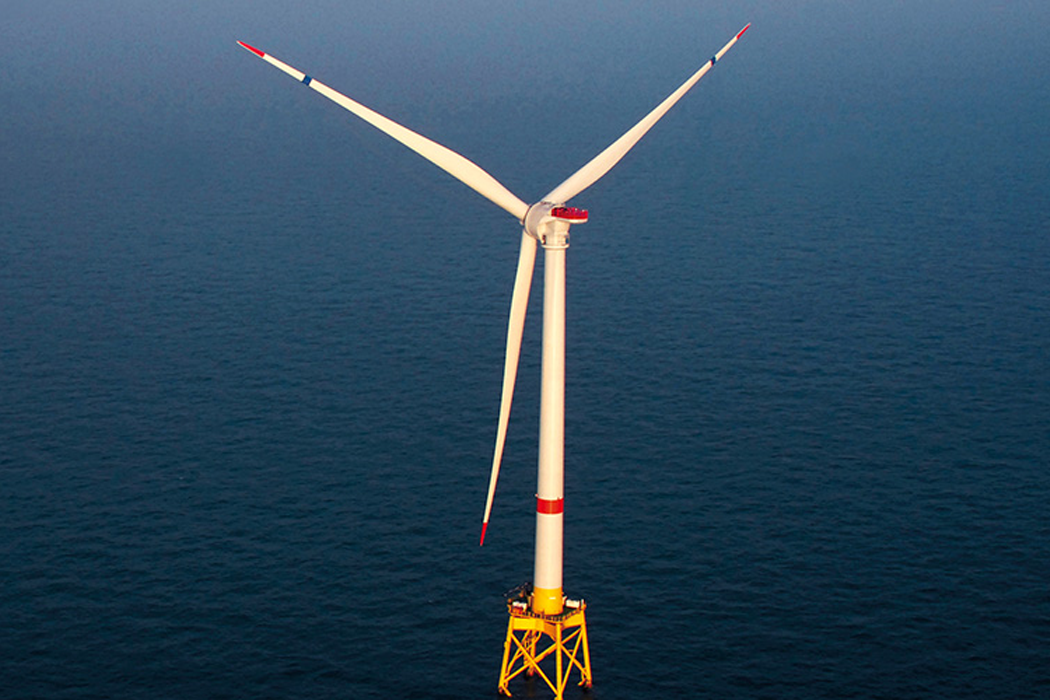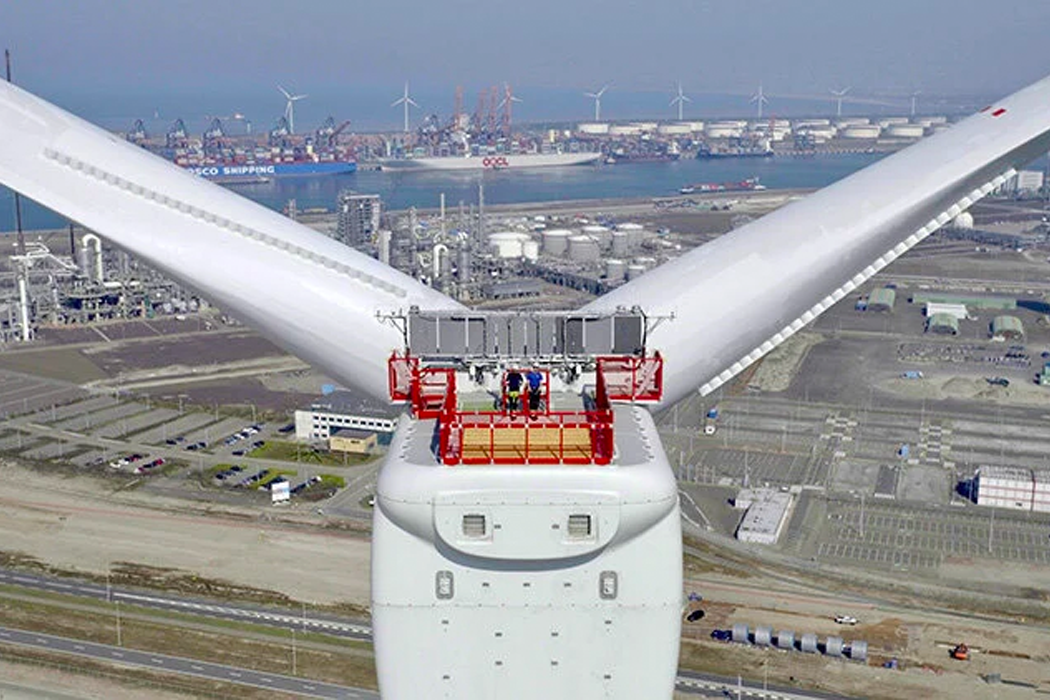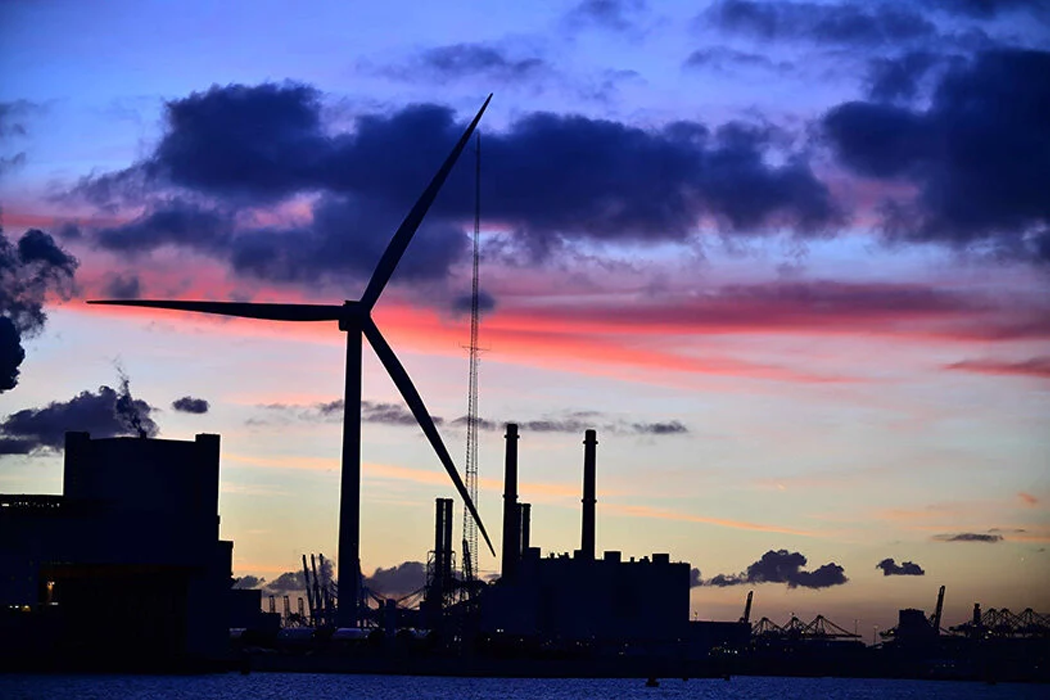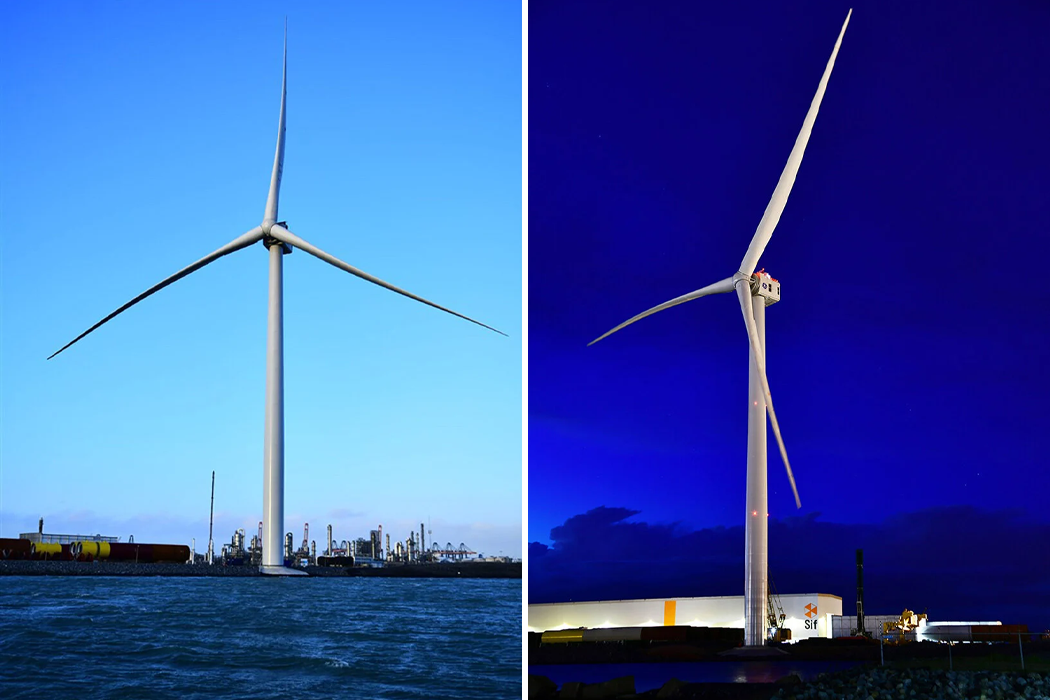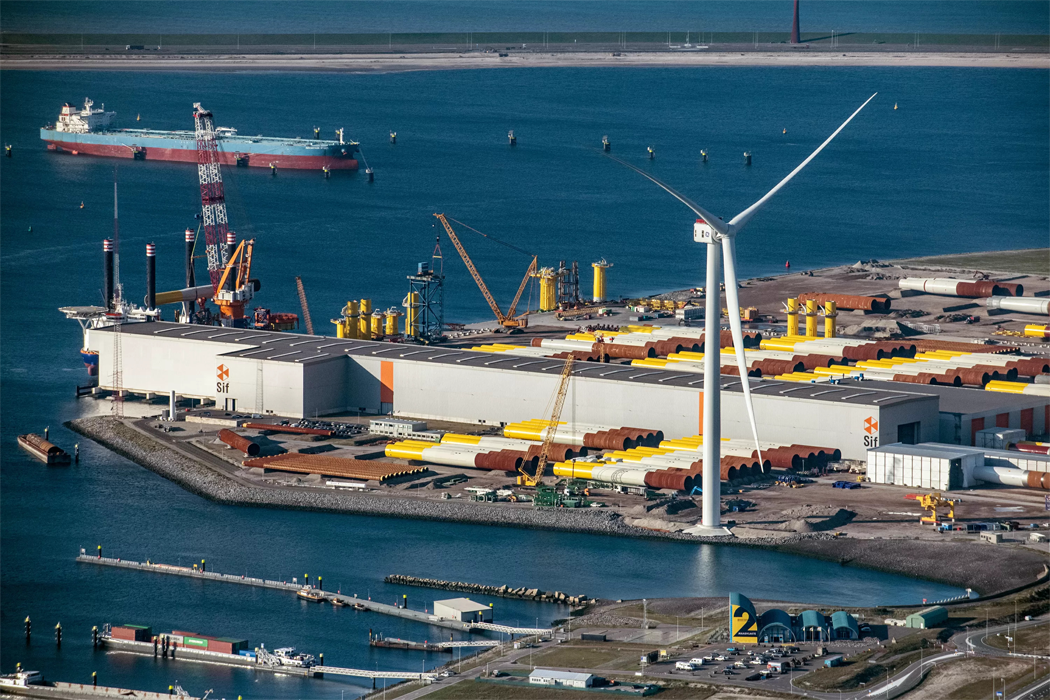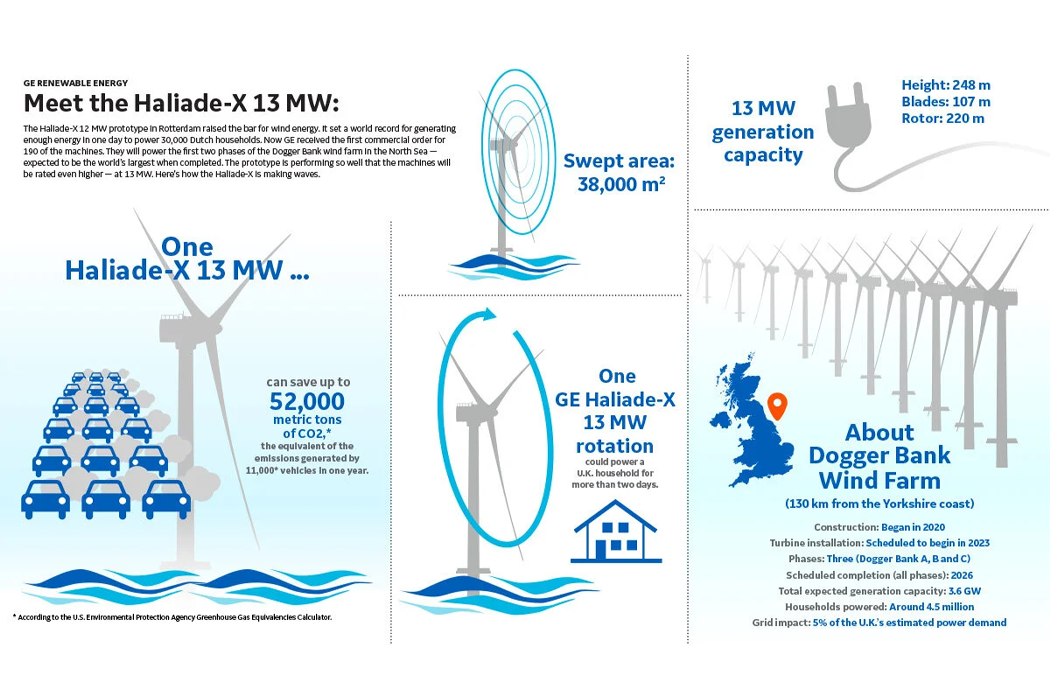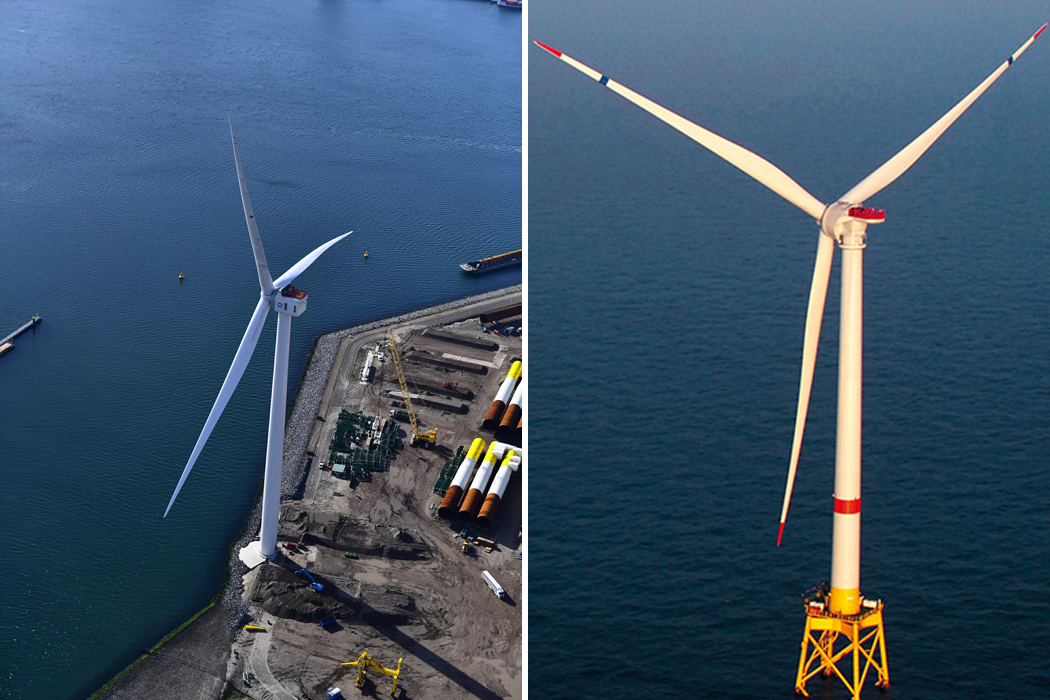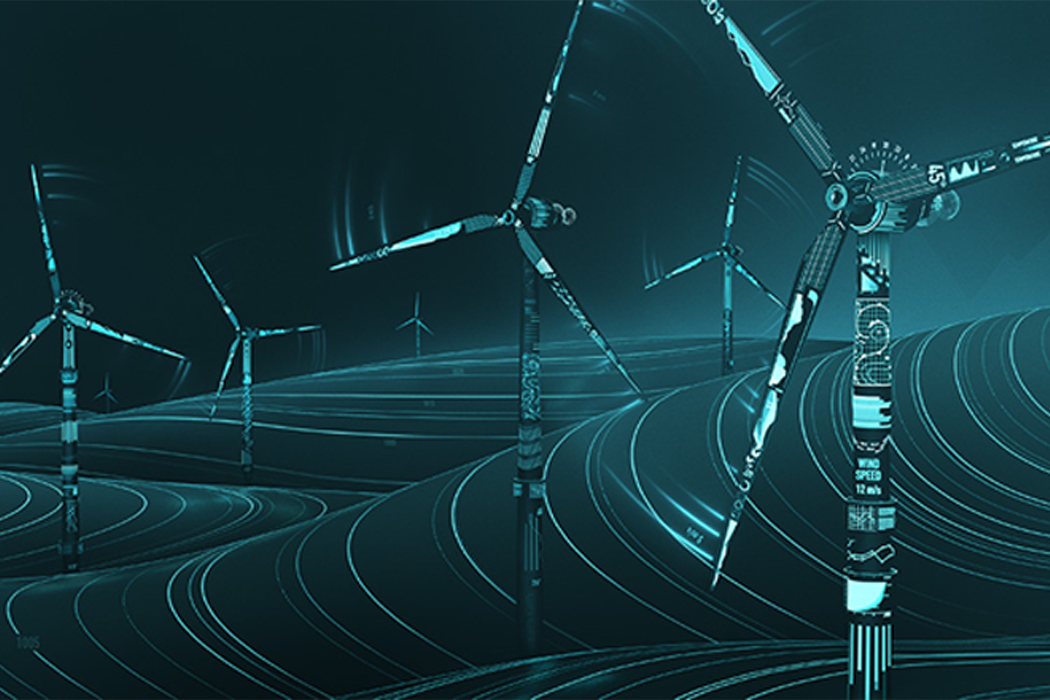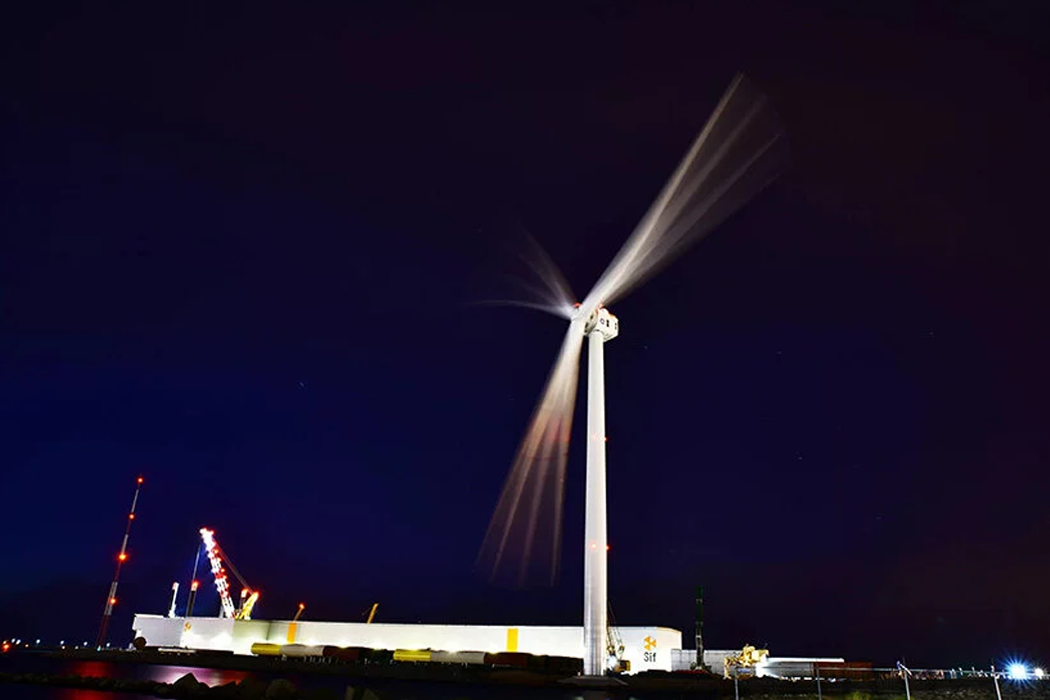Imagine a wind turbine, but not as you know it. Instead of the familiar towering structures with rotating blades, picture a compact, hexagonal grid resembling a honeycomb, perched atop urban buildings or integrated into existing structures. This is the essence of Katrick’s design – a radical departure from traditional wind turbines, both in form and function. These turbines harness the power of wind through oscillating aerofoils, a far cry from the spinning blades we’re used to.
Designer: Katrick Technologies
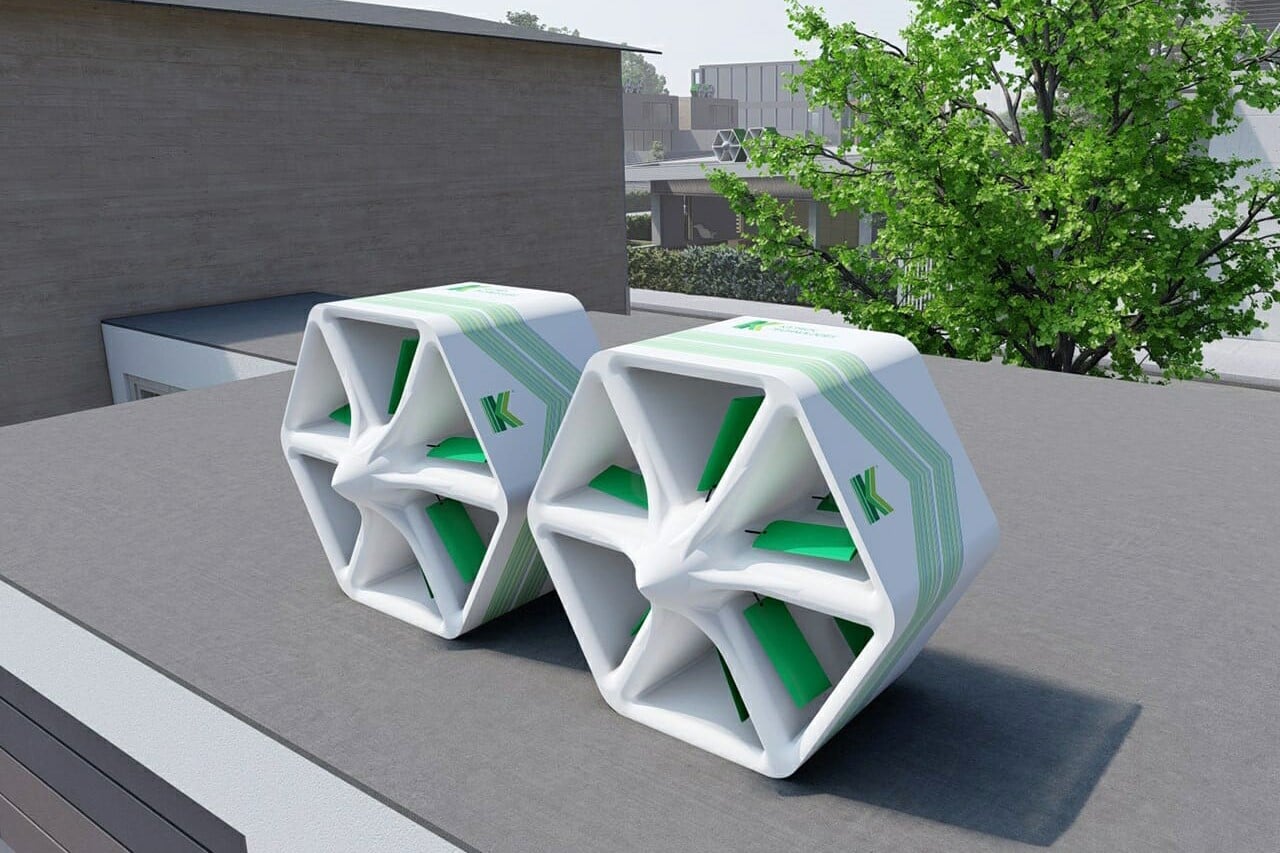
As companies rush to figure out better and more effective solutions for harnessing sustainable energy (while the world grapples with the migration to these energies), the Glasgow-based startup, is making waves (or should I say, catching them?) with their innovative bladeless honeycomb wind turbines. Unlike the towering, rotary-blade turbines that dominate our landscapes, Katrick Technologies’ creation is a breath of fresh air in both design and functionality.
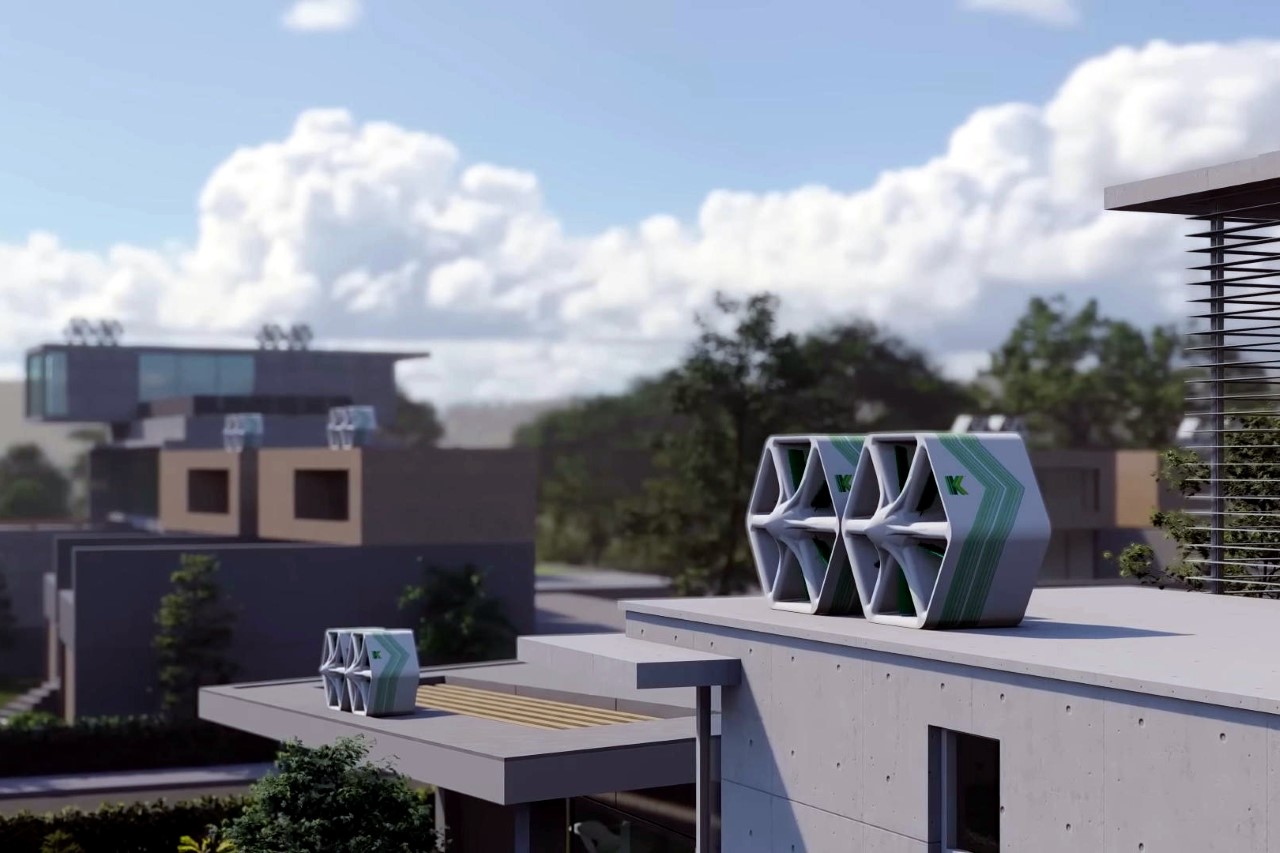
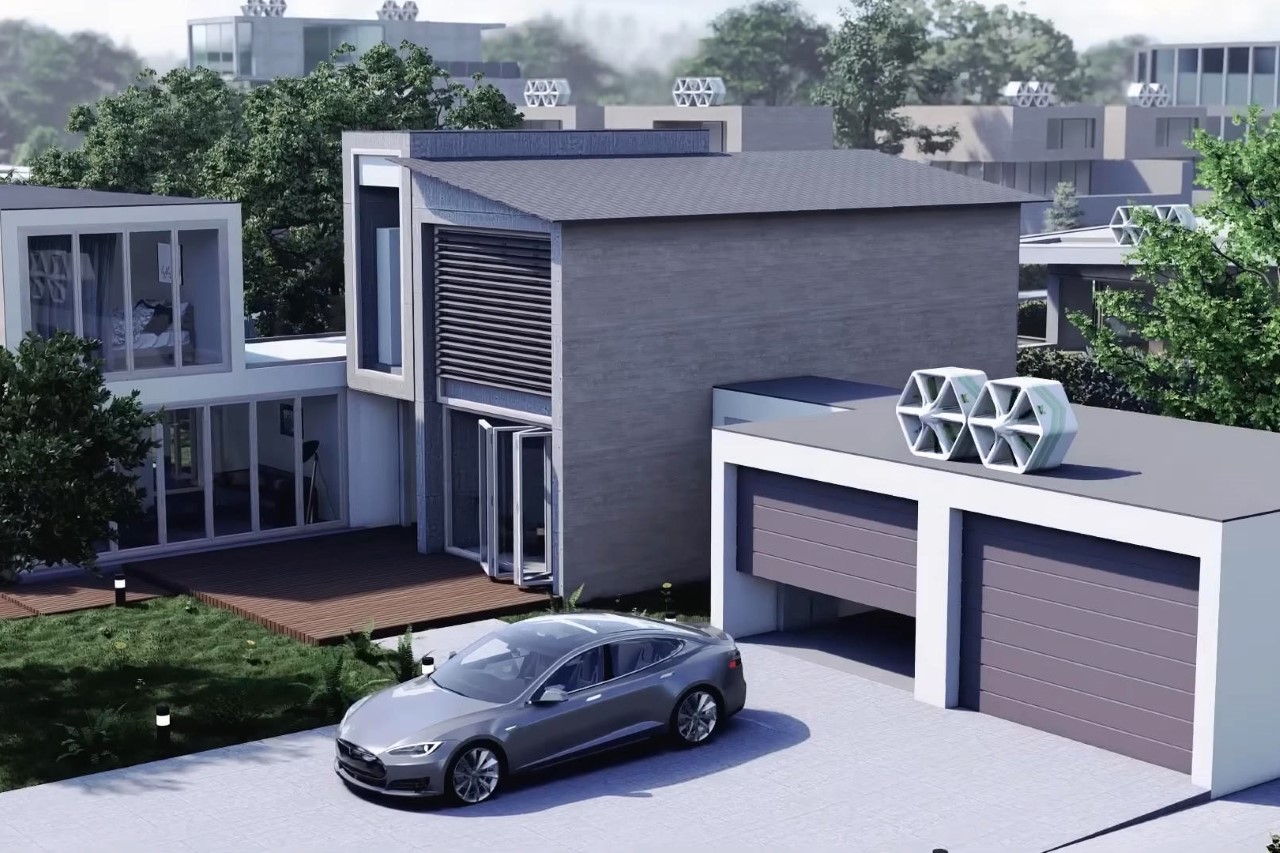
At the heart of this technology are the aerofoils, the unsung heroes of Katrick’s design. They work by capturing wind energy and converting it into mechanical oscillations. These oscillations are then transformed into electricity, providing a greener energy solution. This method not only captures lower levels of wind, making it more efficient in less windy conditions, but also makes the turbines more suited for urban environments, where space is at a premium and wind levels can be lower.
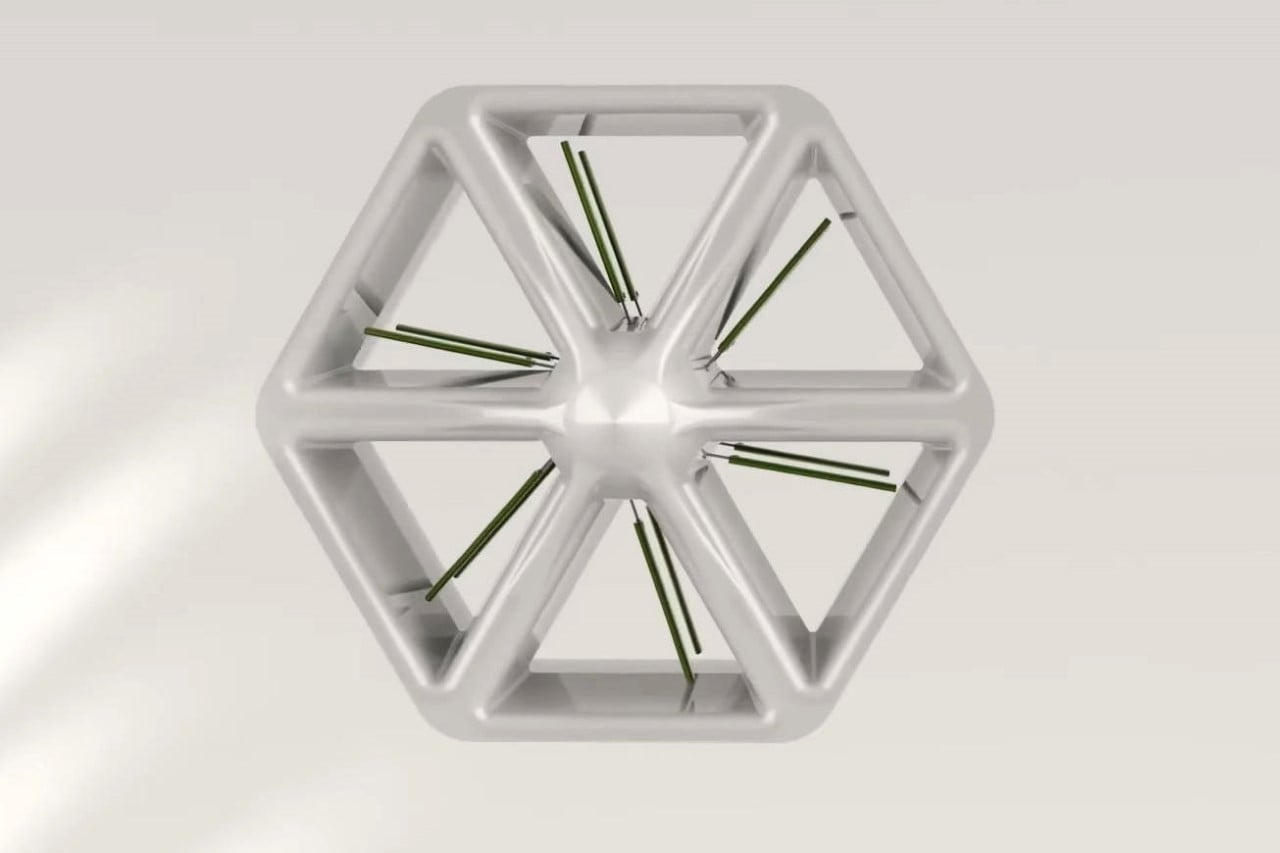
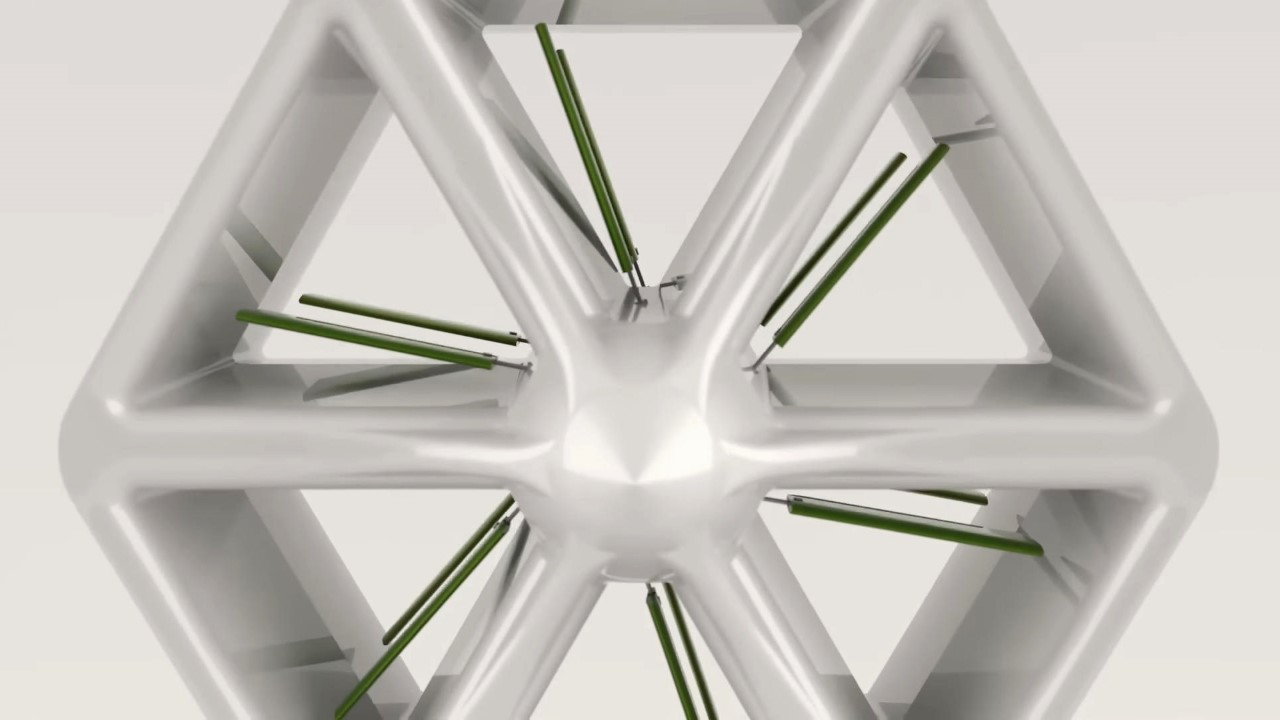
The design philosophy of Katrick Technologies is rooted in creating eco-friendly, innovative engineering solutions. While the firm is relatively new, it’s already carving a niche for itself in the renewable energy sector. Traditional wind turbines, with their considerable land and maintenance requirements, often pose logistical and financial challenges. In contrast, Katrick’s honeycomb turbines offer a more sustainable and cost-effective alternative, especially in urban landscapes where space is limited.
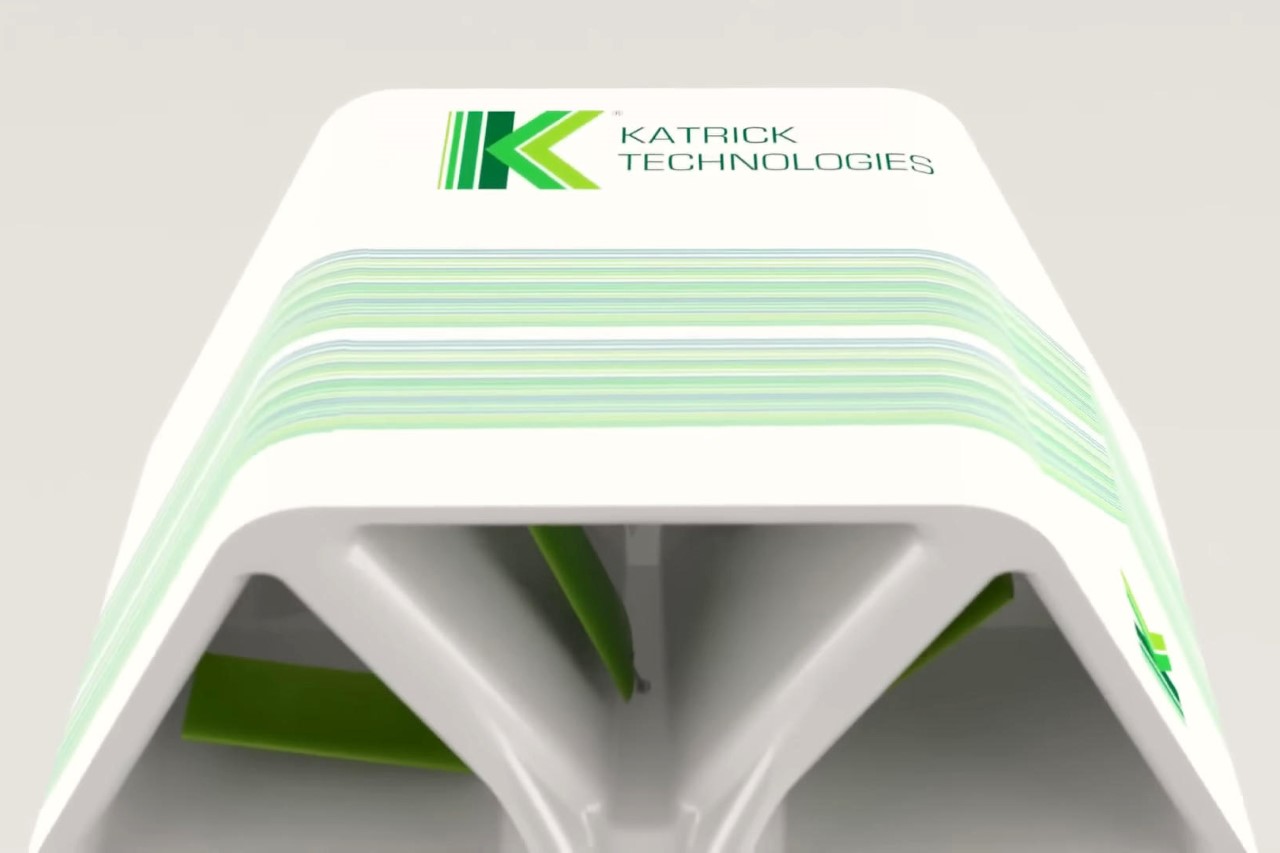
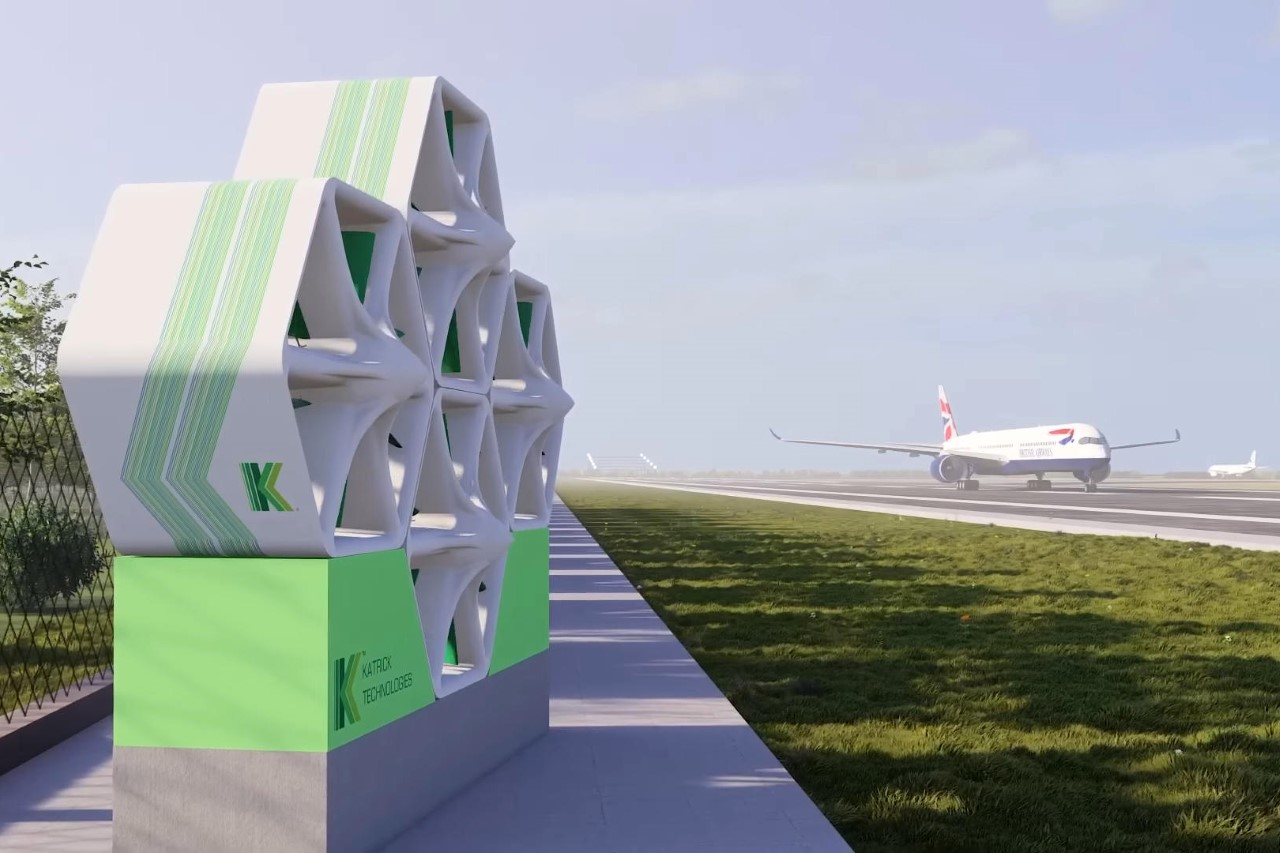
But it’s not all sunshine and breezes. Bladeless turbines, including Katrick’s design, have faced some skepticism. Critics, including those from the MIT Technology Review, have pointed out that despite their lower cost and environmental footprint, bladeless turbines might not be as efficient in energy generation as their traditional counterparts. However, Katrick’s innovative approach might just tip the scales. According to the company, just 1 kilometer of their roadside panels could charge a significant number of electric vehicles or power hundreds of homes annually.
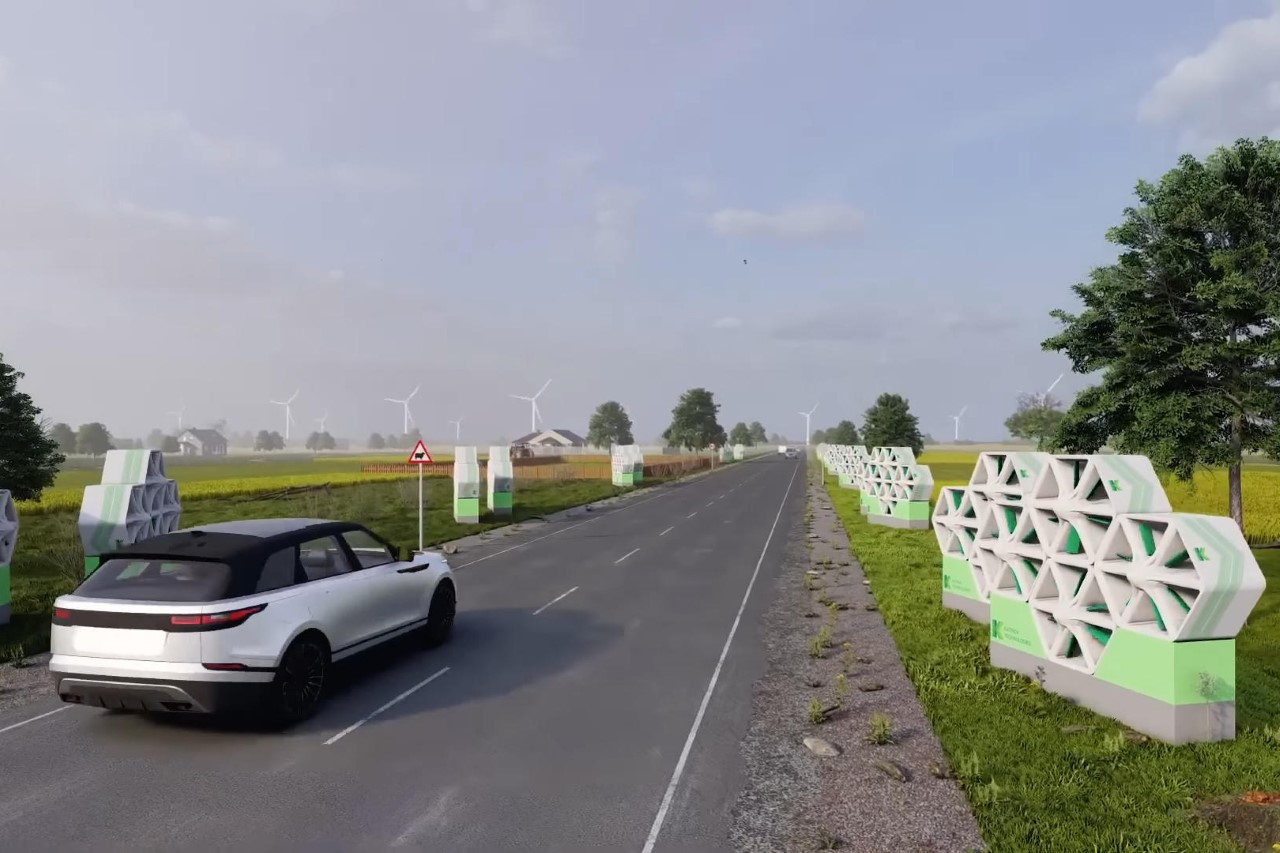
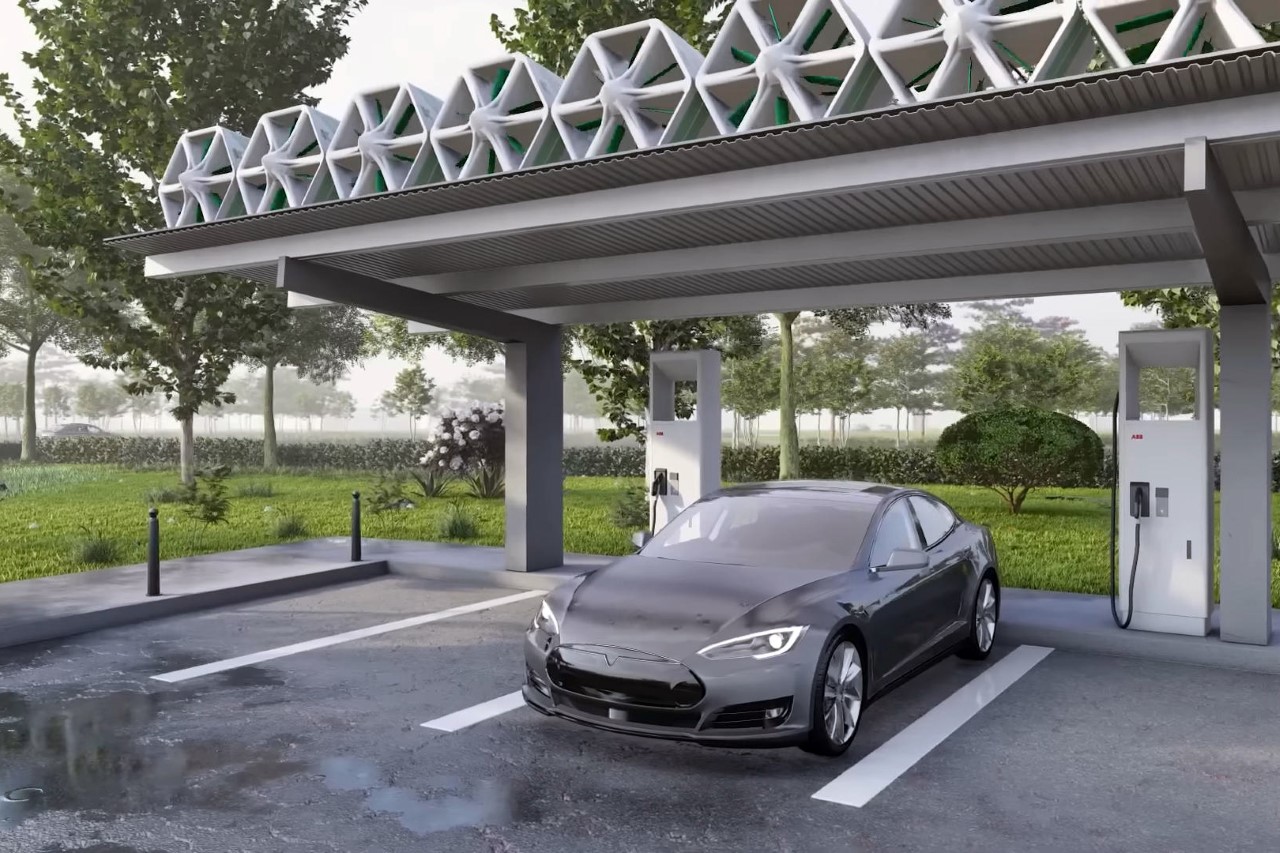
Moreover, the design’s safety and environmental features can’t be overlooked. The slower-moving aerofoils in the honeycomb structure are likely less hazardous to birds than traditional turbines. Plus, their unobtrusive design, small footprint, and minimal environmental impact make them an attractive option for urban settings.
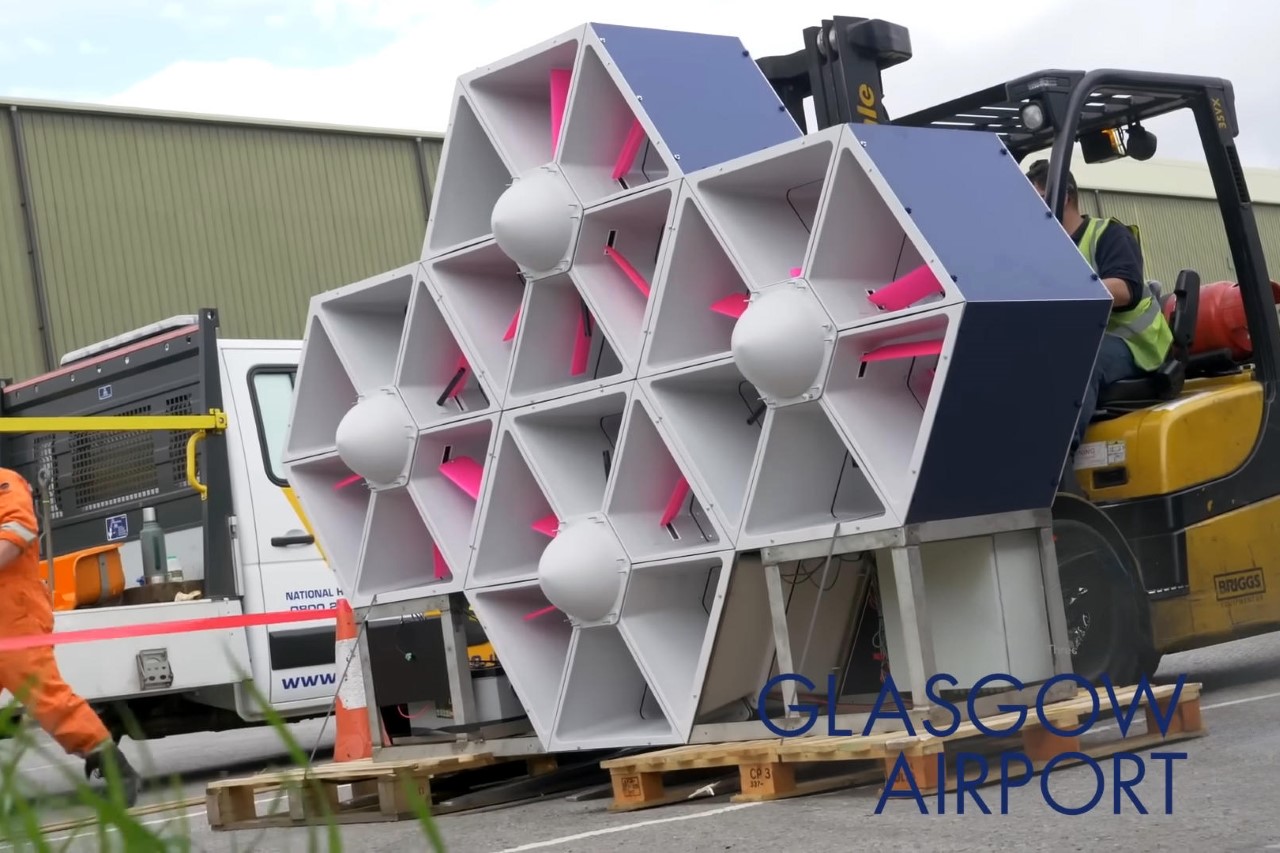
Katrick’s wind turbines being tested at Glasgow Airport.
The post Bladeless wind turbines could be the future for wind-energy, bringing them to homes first appeared on Yanko Design.
